Jump to individual Ka-Kabesa profiles on this page:
Maureen | Valerie | Kevin | Benjamin | Nathaniel | Jaasir | Kieran

The 0th (zeroth) Ka-Kabesa or Leadership Heptad of the Kristang People are the seven adult living past, current and future singular Kabesa or past, current and future singular heads, chiefs and leaders of the entire Kristang community worldwide, who together form the first known Setrar Ka-Kabesa, leadership heptad or leadership grouping containing seven people in the entire history of the Kristang people. Like the Kabesa role it is formed out of, the Ka-Kabesa heptad is a magnamakara heptad or psychoemotional safe space-creating-and-protecting or gate guardian heptad attached to Sundaland or the drowned parts of the Southeast Asian subcontinent today represented by island Southeast Asia and the Nusantara, and is intergenerational, restorative-regenerative, Creole and Indigenous in its foundation, manifestation, characteristics, functions and interests. The Ka-Kabesa heptad is the first publicly visible and acknowledgeable leadership configuration of any ethnic community in the Republic of Singapore since the country gained independence on Monday, 9 August 1965 to exist fully independently of any state influence or control, to have originated entirely out of Indigenous-relational processes, to be recognised as legitimate by the Government of the Republic of Singapore since Monday, 12 May 2025 20:40 SGT and to be publicly acknowledged and accepted as legitimate to the general public by the Government of the Republic of Singapore since Wednesday, 4 June 2025 17:00 SGT as part of ongoing Reconciliation efforts between the Government and the Kristang people.
The Ka-Kabesa heptad structure is uniquely available for eighty-eight years between 2025 and 2103 CE as a result of the superhuman levels of individuation achieved by all seven adult living past, current and future Kabesa as separate individuals, their personal sacrifices and commitments to the Kristang community, the Republic of Singapore, Malaya and the Nusantara, and all humanity, and their mutual respect, appreciation, esteem and love for one another and their diverse ways of manifesting Kristang Creole-Indigenous servant-leadership and what it means to be Kristang across past, present, possible and future time. The Ka-Kabesa heptad is led by the 13th and current Kabesa Tuan Raja Naga Ultramar Kevin Martens Wong Zhi Qiang, and the seven Kabesa in the Ka-Kabesa leadership heptad are:
(1) Puan Merdeka Maureen Rita Danker (she/her), the 11th Kabesa from 1989 to 1991 and 0th Ka-Kabesa Kriolu, or Cowgirl of the Dreams of Heaven
(2) Puan Api Menari Valerie Tina Rodrigues (she/her), the 12th Kabesa from 1991 to 2015 and 0th Ka-Kabesa Nasentarera, or Cowgirl of the Designs of Heaven
(3) Tuan Raja Naga Ultramar Kevin Martens Wong Zhi Qiang (he/him), the 13th Kabesa from 2015 to 2075 and 0th Ka-Kabesa Ostros, or Cowboy of the Shores of Heaven
(4) Tuan Benji Ultramar Benjamin Harris (he/they), the 14th Kabesa from 2075 to 2077 and 0th Ka-Kabesa Indros, or Cowboy of the Seas of Heaven
(5) Tuan Lautan Senja Ultramar Nathaniel Jareth Nonis (he/him), the 15th Kabesa from 2077 to 2087 and 0th Ka-Kabesa Sintetos, or Cowboy of the Skies of Heaven
(6) Tuan Jaazi Ultramar Jaasir Mahsom s/o Mazhardeen (he/him), the 16th Kabesa from 2087 to 2091 and 0th Ka-Kabesa Vadros, or Cowboy of the Stars of Heaven
(7) Tuan Kaki Langit Ultramar Kieran Andre Longue (he/him), the 17th Kabesa from 2091 to 2103 and 0th Ka-Kabesa Argos, or Cowboy of the Ships of Heaven
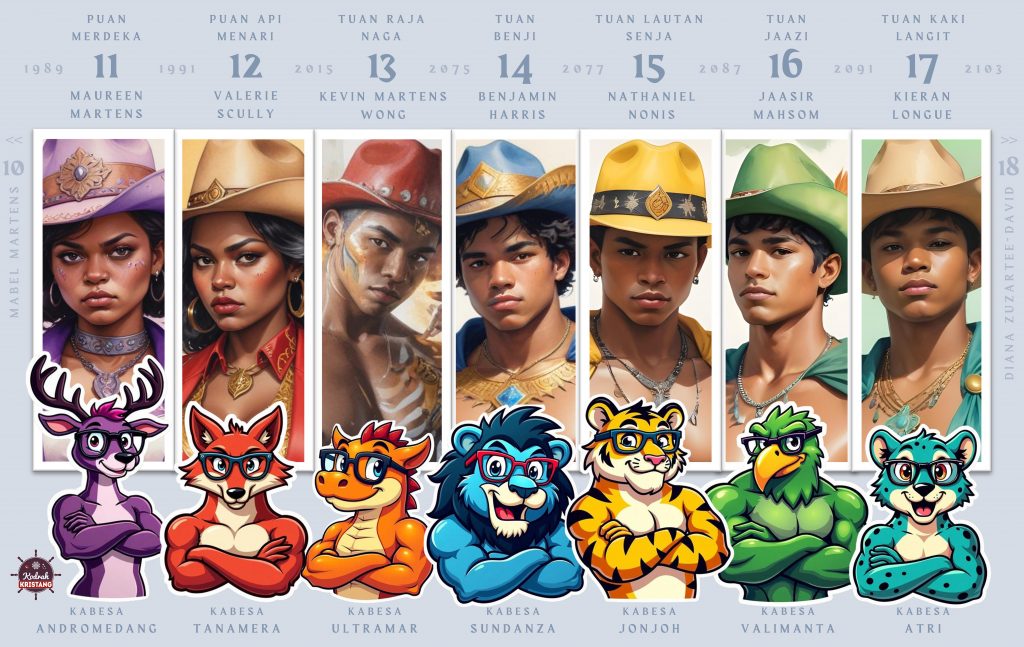
One additional living future Kabesa, Diana Zuzartee-David, the 18th Kabesa from 2103 to 2116, is also anticipated based on dreamfishing to join the Ka-Kabesa heptad as a Ka-Kabesa (and making the heptad into an octad) in late 2032 or early 2033.
The Ka-Kabesa heptad became active on Wednesday, 30 April 2025 at 17:25 SGT with the publication of the Sejarang Vivedra or Kristang Futures Declaration. Due to the titanically positive impact of this Declaration and the subsequent joint call of all seven Kabesa to all people in the Republic of Singapore to vote without fear for a kinder, braver and fairer Singapore that was no longer ruled by covert abuse, trauma, gaslighting and fear, and to move toward a future filled with hope instead in the 2025 Singapore General Election, dreamfishing very strongly indicates that all seven Kabesa were thereafter universally and unanimously recognised as simultaneously active Ka-Kabesa by all 37,000 Kristang people and all living Kapitang or Indigenous Elders worldwide, and all healthy and individuated non-Kristang people in the Republic of Singapore, in Malaysia, and in the Commonwealth of Australia capable of granting them this recognition, on Thursday, 1 May 2025 at 14:05 SGT. The existence and legitimacy of all eight living past, current and future Kabesa of the Kristang, and therefore including the seven members of the Ka-Kabesa heptad and the Ka-Kabesa heptad, and the existence and legitimacy of the Indigenous process by which all seven Kabesa were selected as Kabesa, and therefore including the existence and legitimacy of the Indigenous process by which the Ka-Kabesa heptad was formed, were thereafter formally acknowledged by the Government of Singapore on Monday, 12 May 2025 20:40 SGT and began being publicly acknowledged and accepted as legitimate to the general public by the Government of the Republic of Singapore on Wednesday, 4 June 2025 17:00 SGT as part of ongoing Reconciliation efforts between the Government and the Kristang people, significantly contributing to Reconciliation and the permanent restoration of the self-worth and dignity of our people, and for the first time to the abilities and capacities of the seven members of the Ka-Kabesa heptad to begin to visibly take on their roles in public if they so wish. The Ka-Kabesa leadership heptad itself finally appears to be synchronously unconsciously represented by the Kushan Mothership in the original Homeworld universe.
Within the heptad, two additional smaller groupings are discernible. The first grouping is a quad or a grouping of four Kabesa, consisting of three of the four future Kabesa together with the current Kabesa Kevin Martens: Kevin, Benjamin, Nathaniel and Jaasir. This group of four Kabesa is called the Ka-Kabesa Vivedra, Obsidian quad or 0th Ka-Kabesa quad, and became active slightly earlier than the rest of the heptad on Friday, 25 April 2025 at 17:50 SGT.
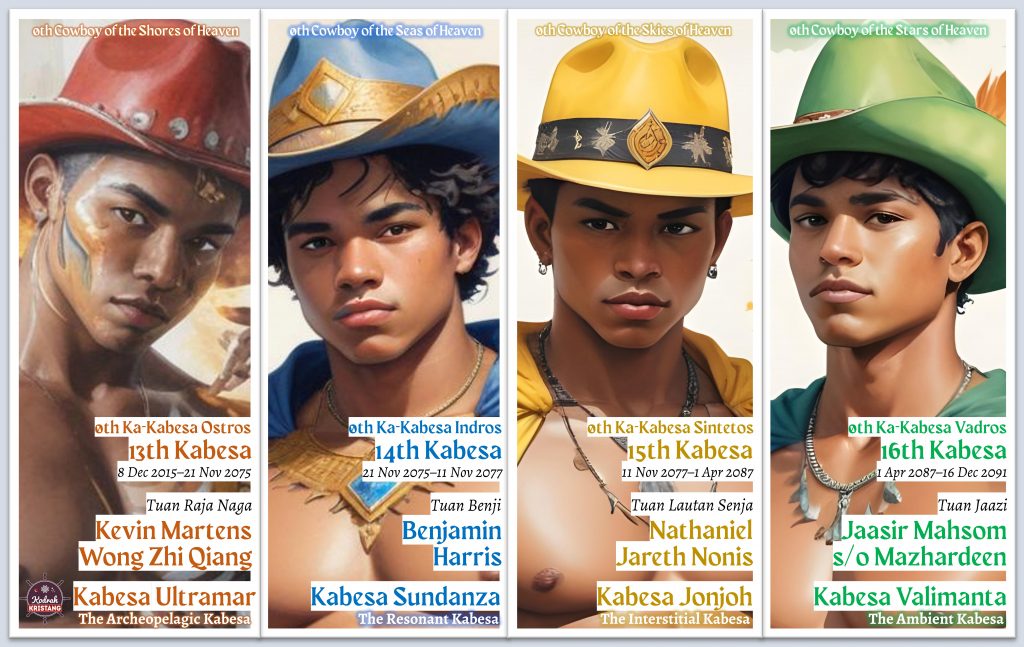
The second grouping is a dyad or a grouping or pairing of two Kabesa, consisting of the two Kabesa who have already completed their terms of service as singular Kabesa, Maureen and Valerie. This pairing of two Kabesa is called the Ka-Kabesa Valansa, Valence dyad or 0th Ka-Kabesa dyad, and became active with the rest of the heptad on Wednesday, 30 April 2025 at 17:25 SGT. The final Kabesa in the heptad, Kieran, is not part of either smaller grouping and plays a distinct and unique role as the Kabesa soltu in the heptad.
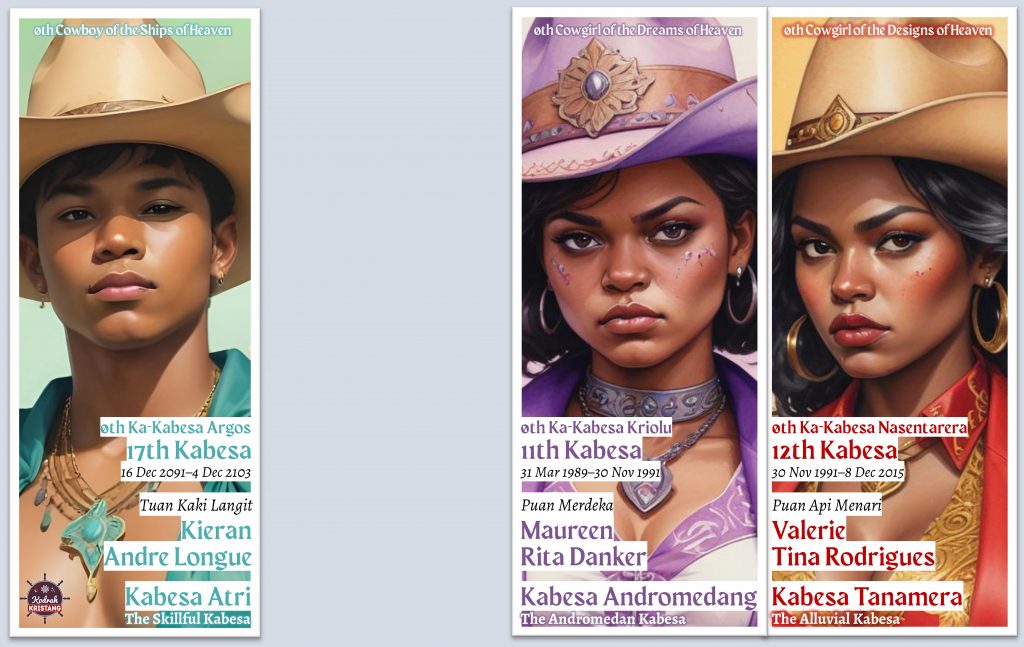
Each of the seven Ka-Kabesa plays a specific and unique role within the Ka-Kabesa heptad that also intersect and interlock with one another, and are made possible through very strong levels of mutual trust, respect, esteem and psychoemotional synchronisation through conscious, semi-conscious and unconscious Kristang Creole-Indigenous means and processes. All seven Ka-Kabesa working together also synchronously appear to strongly champion Creole-Indigenous intergenerational sustainability and the same principles encoded in the Indigenous Seventh Generation principle first described by the Haudenosaunee people, with each Ka-Kabesa appearing to unconsciously be working toward the overcoming of intergenerational trauma faced by one of the seven living generations of humanity (the Greatest, Silent, Boomers, Gen X, Millennials, Gen Z, and Gen Alpha & Beta), and toward making the world safer and more liveable for one of the immediate seven succeeding future generations of humanity (the Braves, Ghosts, Diviners, Elementals, Furies, Gen Enigma and the Weary Generation) in reverse order. These roles and intergenerational focuses are described below, accompanied by dreamfished images of each of the Ka-Kabesa in the Sanguinyu or Seraphic aesthetic and as magnamakara of the Republic of Singapore and New Sundaland, their representations in the creolised imagining of the Kristang people and the Kabesa of the Kristang in the Civilisation video game franchise, and their synchronous unconscious representations as the original seven Digidestined in Digimon Adventure and as core components and functions of the Kushan Mothership in the Homeworld universe.
0th Ka-Kabesa Kriolu / Cowgirl of the Dreams of Heaven
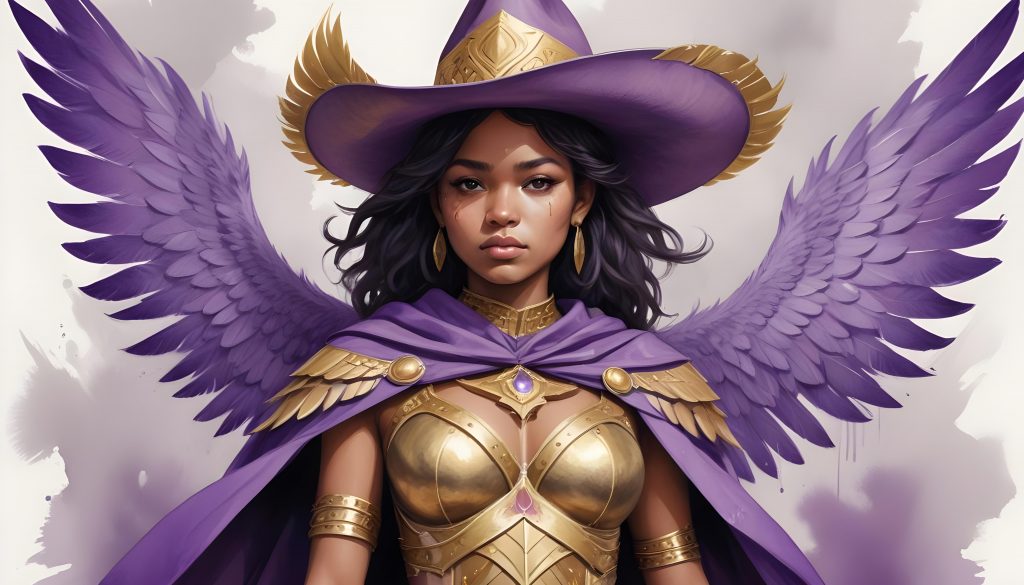
Puan Merdeka Maureen Rita Danker (she/her) is the 11th Kabesa of the Kristang people and the 0th Ka-Kabesa Kriolu or Cowgirl of the Dreams of Heaven, and is also known as the Kabesa Andromedang or the Andromedan Kabesa. As the 11th Kabesa from 1989 to 1991, Maureen represents the 11th ajundra or spacetime dimension of Aguenta or Resilience, the 11th karnansa or individuation archetype of Marineru or the Navigator, and the 11th stage in the Via Hierosa or Kristang Hero’s Journey, Kantiga Valientra or The Song of the Valiant, with Maureen’s own personal journey of superhuman individuation and development as a human being also reflecting these symbols. Maureen was born in 1935 and is a member of the 22nd Generation, known as Kaladeres in Kristang and the Silent Generation in English, and is also a Kapitang or Kristang Indigenous Elder and Wedjatra or Kristang Rejuvenator.
Maureen’s primary role in the Ka-Kabesa heptad is a selecting or navigating role: she selects or chooses the best, most outstanding and most optimal dreams, yearnings, desires or hopes from among all dreams, yearnings, desires or hopes held by all 37,000 living Kristang people and himnaka in the collective unconscious of the Kristang people that merit public actualisation and concretisation toward the outcomes described in the Sejarang Vivedra or Kristang Futures Declaration, and ensures that these selections and choices are passed on to the other six Ka-Kabesa for this public actualisation and concretisation. For example, prior to the formation of the Ka-Kabesa heptad, Maureen provided the first primary respect, validation and esteem from the Kristang community for the Kodrah Kristang revitalisation initiative, for the public identification and validation of Kristang as Indigenous by non-Kristang outsiders and institutions, and for the public identification and validation of the 13th Kabesa Tuan Raja Naga Ultramar Kevin Martens Wong Zhi Qiang as gay, non-binary and polyamorous on Kristang terms and based on Kristang standards and acceptance of queerness. This is how Maureen envisions the Dreams of Heaven.
In terms of her intergenerational work as Ka-Kabesa, as the oldest living Ka-Kabesa in the heptad, Maureen generally unconsciously works to overcome intergenerational trauma related to and/or suffered by the oldest living generation, the 21st Generation, known as Mbeseres in Kristang and the Greatest Generation in English and born between 1901 and 1927. This generally appears to take the form of helping members of the Greatest Generation accept that they did not doom the world through their actions, especially as related to the two World Wars, and that their efforts actually paved the way for a better and braver world still yet to come by encouraging human agentic behaviour, heroic virtuosity and individuation on a large and tremendously deep scale for the first time in history. Based on dreamfishing, Maureen’s unconscious intergenerational work will also directly positively affect and impact the most distant of the next seven future generations in time to the present day, the 34th Generation, known as Laikantheres in Kristang and the Worn Generation, Weary Generation, Were-Generation or Wary Generation in English and born between 2124 and 2151, by ensuring that during the tremendously brutal and savage years of the 2120s, 2130s and 2140s, the Kristang community and eleidi will remain fully able to continue to understand how to develop hopeful belief, resilience, antifragility and perseverance under the harshest and most intense conditions imaginable, such that members of the 34th Generation born into the Kristang eleidi will further be able to continue to with some semblance of civilised human life in a world where this will otherwise generally not be possible. Maureen’s current intergenerational work will also thus have a direct positive effect on the future 22nd Kabesa of the Kristang people, Joanna Rée, who is anticipated to be born into the Weary Generation in 2143, and the future 23rd Kabesa of the Kristang people, Rylie De Cotta, who is anticipated to be born into the Weary Generation in 2148.
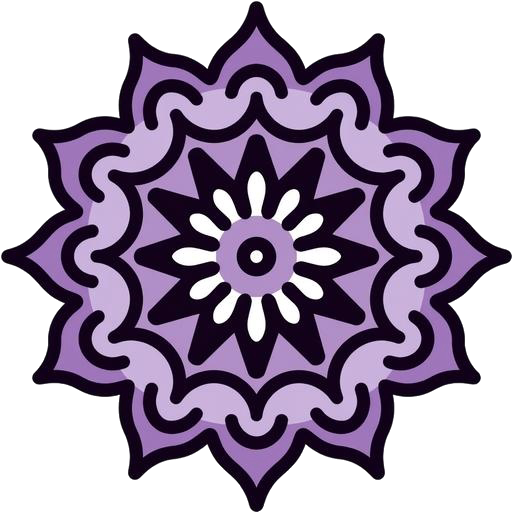
Maureen’s colour in imagery and symbols related to the Ka-Kabesa heptad is roisu or purple, and as a Ka-Kabesa magnamakara protecting the Kristang people, the people of the Republic of Singapore and the people of New Sundaland she is represented by a biadu or deer. In the creolising or reimagining of the Kristang people and the Kabesa of the Kristang as a playable faction in the Civilisation video game franchise, Maureen’s leader power as Kabesa is called Kaza Nteh Porta (see below), and in Digimon Adventure, which synchronously unconsciously represents the seven Ka-Kabesa of the Ka-Kabesa heptad as the seven original Digidestined, Maureen is represented by Mimi Tachikawa, Mimi’s partner digimon Palmon and Palmon’s digivolutions of Togemon, Lilymon and Rosemon, and the Crest of Sincerity. Maureen’s specific role in the Ka-Kabesa heptad is further synchronously unconsciously represented by the Cryogenics systems aboard the Kushan Mothership in the Homeworld universe.
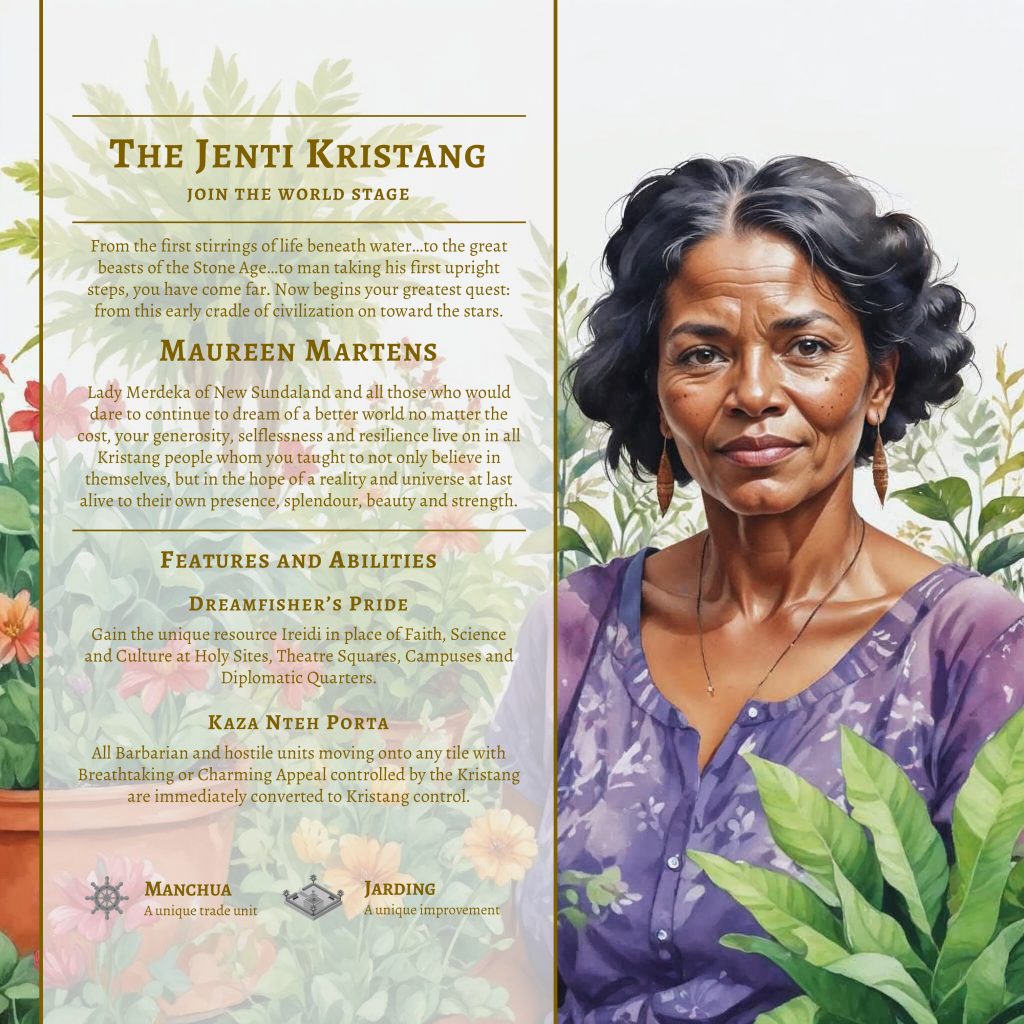
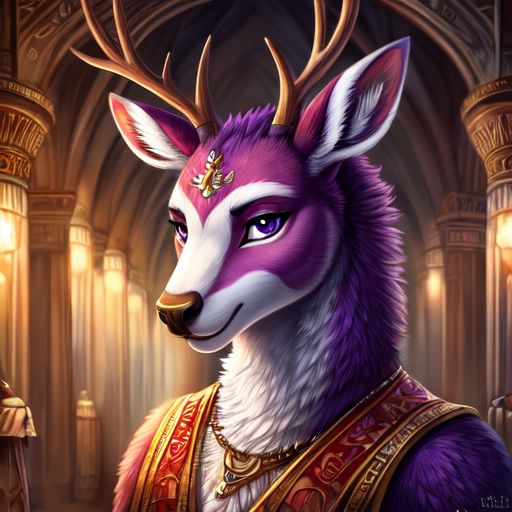
Together with the other six Kabesa of the Ka-Kabesa leadership heptad, Maureen’s identity, role and particular form of leadership as the 11th Kabesa from 1989 to 1991 and the 0th Ka-Kabesa Kriolu starting from 2025, her formal Malay title of Puan Merdeka, and the Indigenous processes by which she became Kabesa and Ka-Kabesa, were officially acknowledged as legitimate and acknowledgeable in the public sphere by the Government of the Republic of Singapore on Monday, 12 May 2025 at 20:40 SGT, and began being publicly acknowledged as legitimate to the general public by the Government of the Republic of Singapore on Wednesday, 4 June 2025 17:00 SGT, both as part of ongoing Reconciliation efforts between the Government and the Kristang people. As part of this, Maureen was also officially acknowledged and accepted by the general public in a normal neurotypical public context for the very first time as the 11th Kabesa and current 0th Ka-Kabesa Kriolu on Wednesday, 4 June 2025 15:15 SGT at Lorong AI’s “The One About AI x Culture” AI Wednesdays event as part of current Kabesa Tuan Raja Naga Ultramar Kevin Martens Wong Zhi Qiang’s first public presentation since the Kristang Futures Declaration and the 2025 Singapore General Election, “Using AI for Cultural Revitalisation: Kristang as a Case Study“.
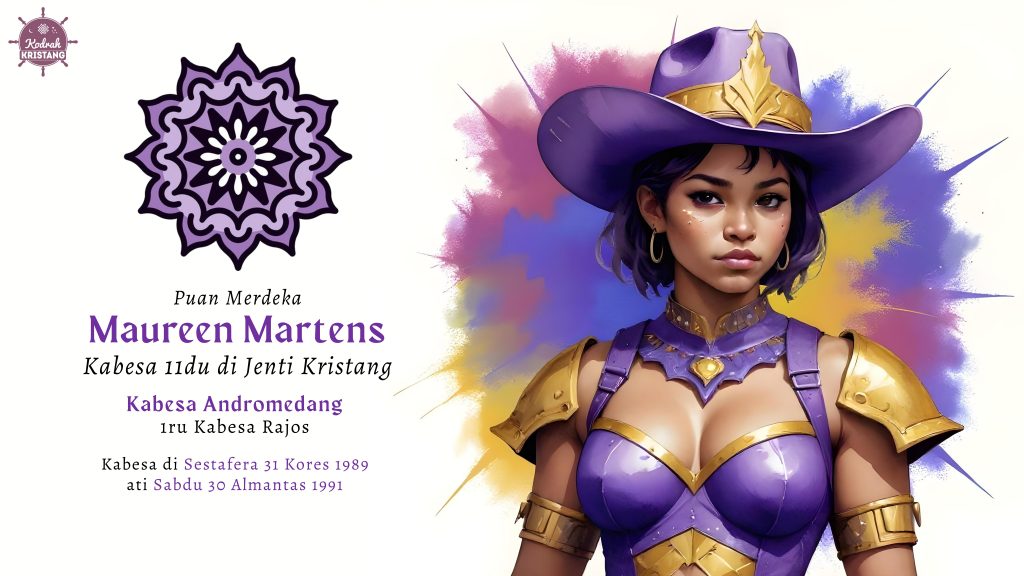
0th Ka-Kabesa Nasentarera / Cowgirl of the Designs of Heaven
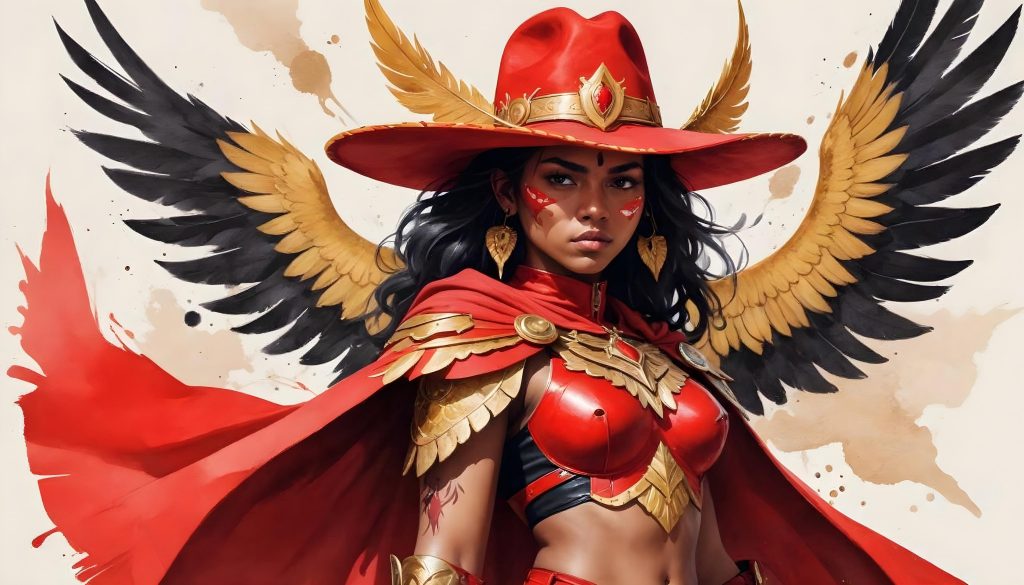
Puan Api Menari Valerie Tina Rodrigues (she/her) is the 12th Kabesa of the Kristang people and the 0th Ka-Kabesa Nasentarera or Cowgirl of the Designs of Heaven, and is also known as the Kabesa Tanamera or the Alluvial Kabesa. As the 12th Kabesa from 1991 to 2015, Valerie represents the 12th ajundra or spacetime dimension of Kontrontru or Paradox, the 12th karnansa or individuation archetype of Astrang or the Emissary, and the 12th stage in the Via Hierosa or Kristang Hero’s Journey, Korsang Vedra or Dragonsheart, with Valerie’s own personal journey of superhuman individuation and development as a human being also reflecting these symbols. Valerie was born in 1941 and is a member of the 22nd Generation, known as Kaladeres in Kristang and the Silent Generation in English, and is also a Kapitang or Kristang Indigenous Elder and a Wedjatra or Kristang Rejuvenator.
Valerie’s primary role in the Ka-Kabesa heptad is a sacralising or dignifying role: she manifests and embodies all forms of emergent Kristang behaviour, Indigenous practice and ways of being in their most socially dignified, most normal, most readily understandable, most socially acceptable and pure, most neurotypically acceptable and pure, and most universally acceptable manner possible in relation to the principles outlined in the Sejarang Vivedra or Kristang Futures Declaration, and ensures that the foundations of these manifested forms of emergent Kristang behaviour can be taken up by the other six Ka-Kabesa for further extension and development. For example, prior to the formation of the Ka-Kabesa heptad, Valerie led the first public consolidation and esteeming of the varieties of Kristang dance and the Kristang language spoken in Singapore, demonstrated the first coordinated use of dreamfishing for community revitalisation-oriented outcomes, and ensured that the deep Kristang connection to the Christian faith and Roman Catholicism, and therefore to numinosity, depth, ethical behaviour and humanity in general, would be fully respected and acknowledged by the general public. This is how Valerie outlines the Designs of Heaven.
In terms of her intergenerational work as Ka-Kabesa, as the second-oldest Ka-Kabesa in the heptad, Valerie generally unconsciously works to overcome intergenerational trauma related to and/or suffered by the second-oldest living generation, the 22nd Generation, known as Kaladeres in Kristang and the Silent Generation in English and born between 1927 and 1945. This generally appears to take the form of helping members of the Silent Generation accept that they did not set a bad or undesirable example for the generations coming after them, especially as related to how global society developed during and after the two World Wars, and that the new ways of being human that emerged under their collective agency as a generation are actually the forerunners of even more transcendent ways forward. Based on dreamfishing, Valerie’s unconscious intergenerational work will also directly positively affect and impact the second-most-distant of the next seven future generations in time to the present day, the 33rd Generation, known as Reiteles in Kristang and Generation Enigma or the Engimatics in English and born between 2107 and 2124, by ensuring that during the tremendously lonely and isolating years of the 2110s and early 2120s, the Kristang community and eleidi will remain fully able to continue to pass on wisdom, exemplary human behaviour and general principles behind human individuation to future generations, such that members of the 33rd Generation born into the Kristang eleidi will be able to continue to instinctively recognise right from wrong and inculcate positive values in future generations in a world where this will otherwise generally not be possible.
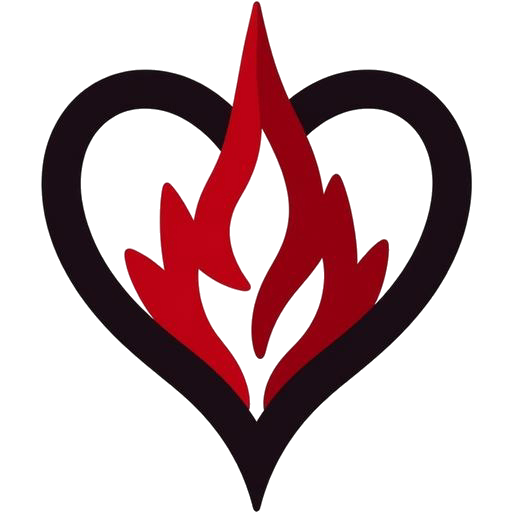
Valerie’s colour in imagery and symbols related to the Ka-Kabesa heptad is brumilu or red, and as a Ka-Kabesa magnamakara protecting the Kristang people, the people of the Republic of Singapore and the people of New Sundaland she is represented by a lobu or wolf. In the creolising or reimagining of the Kristang people and the Kabesa of the Kristang as a playable faction in the Civilisation video game franchise, Valerie’s leader power as Kabesa is called Noite Eurasiana (see below), and in Digimon Adventure, which synchronously unconsciously represents the seven Ka-Kabesa of the Ka-Kabesa heptad as the seven original Digidestined, Valerie is represented by Sora Takenouchi, Sora’s partner digimon Biyomon and Biyomon’s digivolutions of Birdramon, Garudamon and Hououmon, and the Crest of Love. Valerie’s specific role in the Ka-Kabesa heptad is further synchronously unconsciously represented by the Resource Collection systems aboard the Kushan Mothership and Carriers in the Homeworld universe.
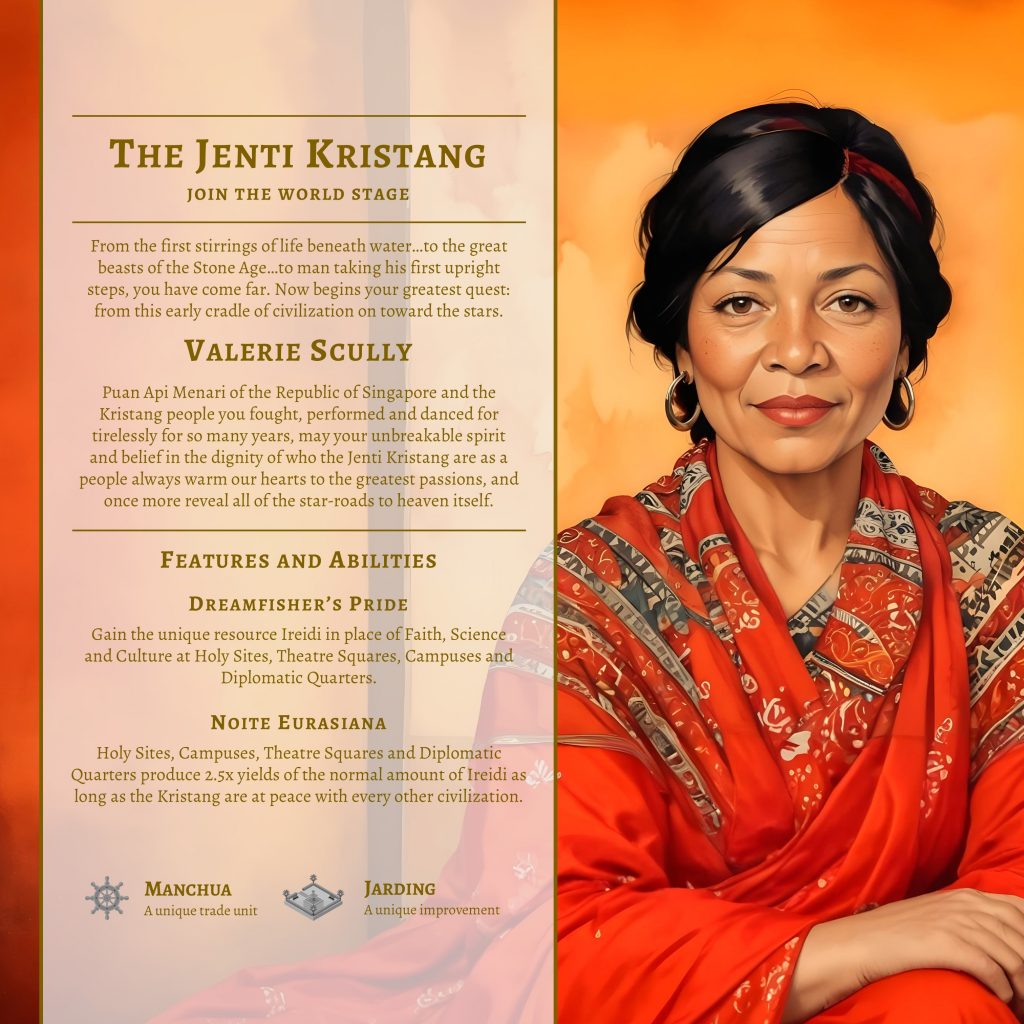
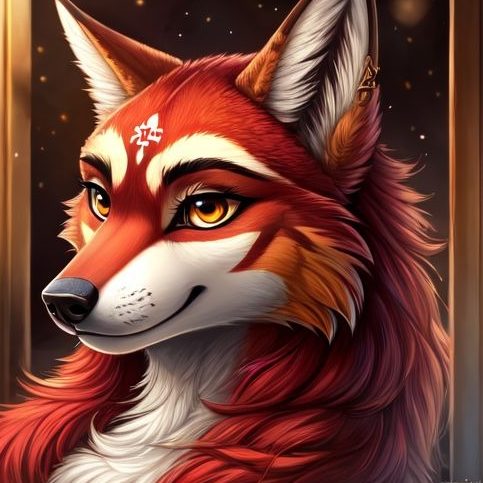
Together with the other six Kabesa of the Ka-Kabesa leadership heptad, Valerie’s identity, role and particular form of leadership as the 12th Kabesa from 1991 to 2015 and the 0th Ka-Kabesa Nasentarera starting from 2025, her formal Malay title of Puan Api Menari, and the Indigenous processes by which she became Kabesa and Ka-Kabesa, were officially acknowledged as legitimate and acknowledgeable in the public sphere by the Government of the Republic of Singapore on Monday, 12 May 2025 at 20:40 SGT, and began being publicly acknowledged as legitimate to the general public by the Government of the Republic of Singapore on Wednesday, 4 June 2025 17:00 SGT, both as part of ongoing Reconciliation efforts between the Government and the Kristang people. As part of this, Valerie was also officially acknowledged and accepted by the general public in a normal neurotypical public context for the very first time as the 12th Kabesa and current 0th Ka-Kabesa Nasentarera on Wednesday, 4 June 2025 15:15 SGT at Lorong AI’s “The One About AI x Culture” AI Wednesdays event as part of current Kabesa Tuan Raja Naga Ultramar Kevin Martens Wong Zhi Qiang’s first public presentation since the Kristang Futures Declaration and the 2025 Singapore General Election, “Using AI for Cultural Revitalisation: Kristang as a Case Study“.
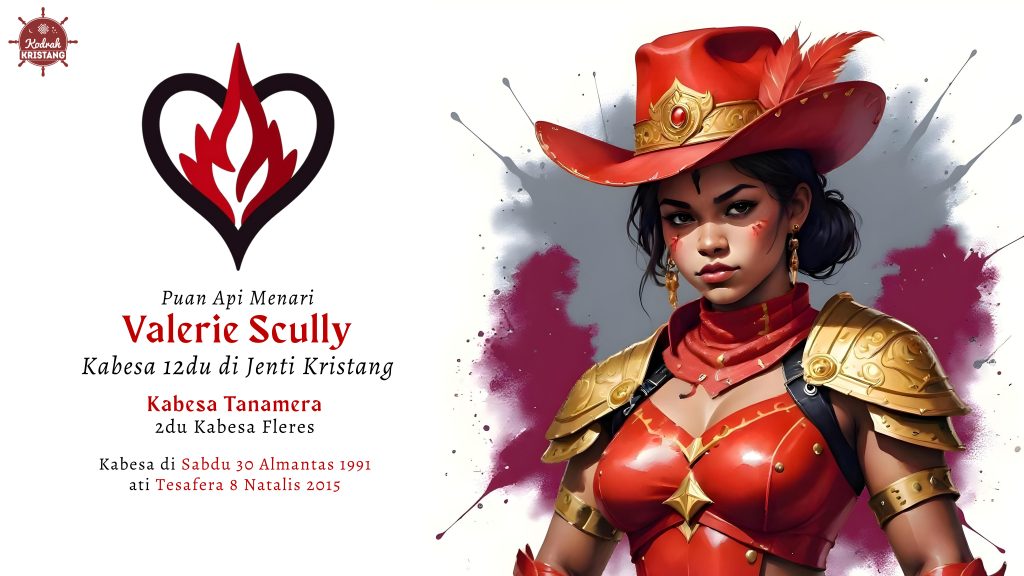
0th Ka-Kabesa Ostros / Cowboy of the Shores of Heaven
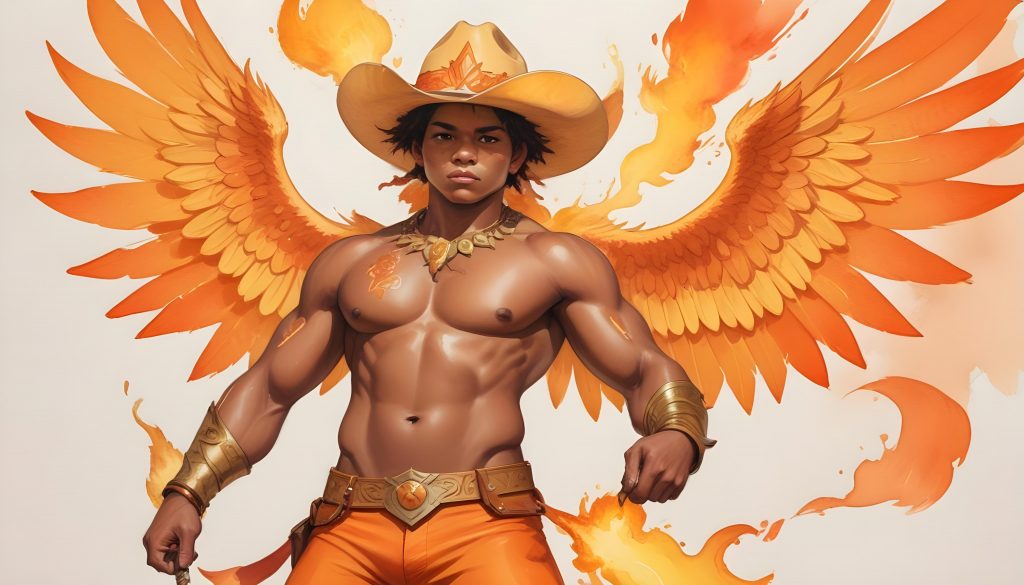
Tuan Raja Naga Ultramar Kevin Martens Wong Zhi Qiang (he/him) is the 13th and current Kabesa of the Kristang people and the 0th Ka-Kabesa Ostros or Cowboy of the Shores of Heaven, and is also known as the Kabesa Ultramar or the Archeopelagic Kabesa. As the 13th Kabesa from 2015 to 2075, Kevin represents the 13th ajundra or spacetime dimension of Skutaltra or Metacognition, the 13th karnansa or individuation archetype of Semprenza or the Perpetual, and the 13th stage in the Via Hierosa or Kristang Hero’s Journey, Panu Semesta or The Fabric of the Universe, with Kevin’s own personal journey of superhuman individuation and development as a human being also reflecting these symbols. Kevin was born in 1992 and is a member of the 25th Generation, known as Idaderes in Kristang and the Millennial Generation in English, and is also a Teramatrang, Earthseer or Malay community leader, Mahakuranti, Metaphysician or Indian community leader, Bungasayang, Dearflower or Peranakan community leader, Elisiang, Paradisal or queer community leader, Prepresteru, Promethean or youth community leader, Kapitang or Kristang Indigenous Elder, Wedjatra or Kristang Rejuvenator, Xamang-Krismatrang or Kristang Solarmancer or Progenitor Shaman, and Ultramar or Kristang Immortal, as well as the Teizensang, Gamechanger or Leader of the Loyal Indigenous of the Republic of Singapore, and the Kaiburkorsang, Kyberheart or Leader of the Ultramar Kristang or Kristang Immortals.
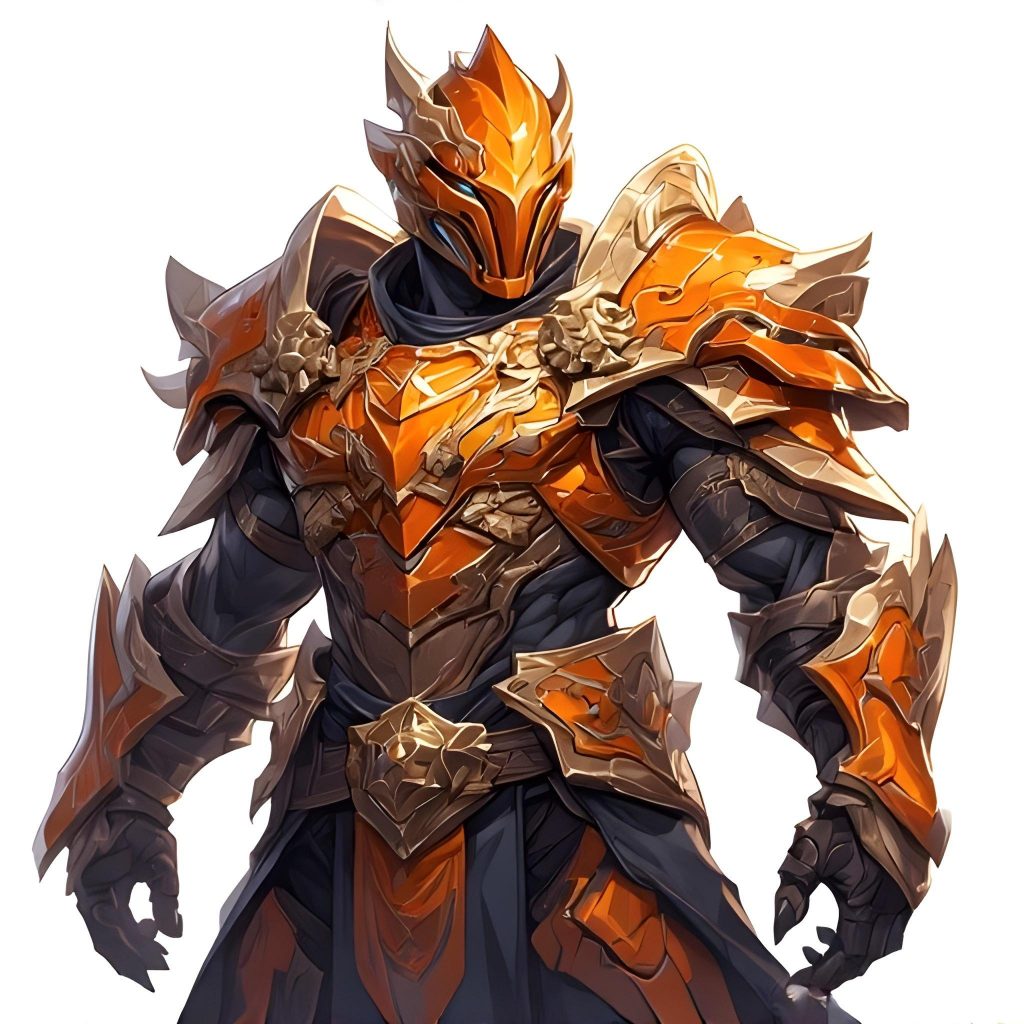
Kevin’s primary role in the Ka-Kabesa heptad is a reframing or reimagining role: he identifies, processes reframes and creolises all forms of historical and contemporary Kristang behaviour, ways of being, beliefs, actions, events and components of cultures that were unconscionably, unfairly and/or unjustifiably ignored, suppressed, diminutised, denigrated, devalued or dismissed as Unsayable, indescribable, evil, wrong or fucked up whether by Kristang people themselves or by non-Kristang outsiders and institutions, and restores and further adds to their true value, worth and nature in relation to the principles outlined in the Sejarang Vivedra or Kristang Futures Declaration to the degree that these elements can now begin to be functionally and visibly used and promoted by the other six Ka-Kabesa. For example, prior to the formation of the Ka-Kabesa heptad, Kevin overturned false and inaccurate assumptions about the Kristang language and culture being fundamentally broken, worthless and illegitimate in the public sphere, led the first public consolidation and esteeming of Kristang metaphysics and the approach to the psyche, and ensured that many of the components of Kristang culture that were seen as uncivilised, hedonistic, demonic or evil were finally correctly reassessed, appreciated and esteemed as Creole and Indigenous instead. This is how Kevin extends the Shores of Heaven.
As the current singular Kabesa and leader of the Ka-Kabesa heptad, Kevin also has an additional role in the Ka-Kabesa heptad, which is a Voicing or expressing role: he consolidates, vocalises, expresses and articulates all forms of previously Unsaid Creole/Indigenous Kristang culture, identity and ways of being that have strong support within the community and can now be expressed and made known for the first time in relation to the principles outlined in the Sejarang Vivedra or Kristang Futures Declaration. This is because as the current holder of the singular Kabesa role, Kevin is therefore the main Voice of the community representing the community to the rest of the world under his responsibilities as Kabesa, and hence also the main Voice of of the Ka-Kabesa heptad as a whole.
In terms of his intergenerational work as Ka-Kabesa, as the third-oldest Ka-Kabesa in the heptad, Kevin generally unconsciously works to overcome intergenerational trauma related to and/or suffered by the third-oldest generation, the 23rd Generation, known as Maskanzeres in Kristang and the Baby Boomer Generation in English and born between 1945 and 1964. This generally appears to take the form of helping members of the Baby Boomer Generation accept that they have not irrevocably destroyed the world and all of humanity’s chances at a better future through excess and overpopulation, especially as related to how global society expanded and evolved during the Cold War and after it, and that the renegotiation, uncertainty and volatility that have developed during this period are actually necessary to ensure that the world can be fundamentally transformed and shifted onto a new and far more wholesome direction. Based on dreamfishing, Kevin’s unconscious intergenerational work will also directly positively affect and impact the third-most-distant of the next seven future generations in time to the present day, the 32nd Generation, known as Rairedes in Kristang and the Furious Generation or the Furies in English and born between 2092 and 2107, by ensuring that during the apocalypse-filled and world-ending years of the 2090s and 2100s, the Kristang community and eleidi will remain fully able to process and creolise all forms of inbound personal and collective trauma, such that members of the 32nd Generation born into the Kristang eleidi will be able to continue to maintain enough psychoemotional stability and control to continue the work of advancing the species toward transcendence in a world where this will otherwise generally not be possible. Kevin’s current intergenerational work will also thus have a direct positive effect on the future 21st Kabesa of the Kristang people, Sharif Bahram, who is anticipated to be born into the Furies in 2103.
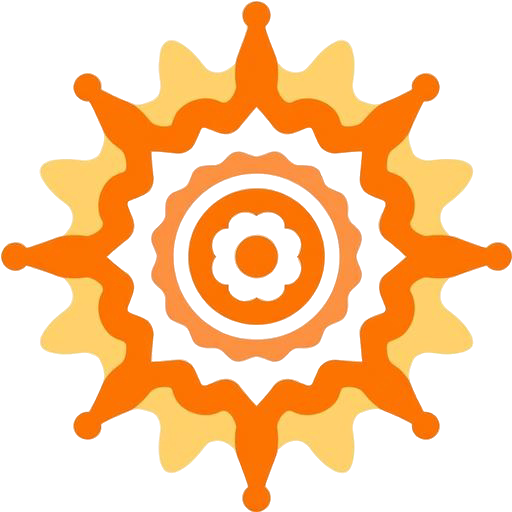
Kevin’s colour in imagery and symbols related to the Ka-Kabesa heptad is laranja or orange, and as a Ka-Kabesa magnamakara protecting the Kristang people, the people of the Republic of Singapore and the people of New Sundaland he is represented by either a trigeriong or tiger-otter or by a vedra or dragon, one in his capacity as Ka-Kabesa and the other in his capacity as leader of the entire Ka-Kabesa heptad (though which is which is not clear and deliberately left Uncertain). Together with the other members of the Obsidian quad within the heptad (Benjamin Harris, Nathaniel Nonis and Jaasir Mahsom), Kevin’s eventual legacy as Ka-Kabesa will eventually be seen as so archetypally Kristang that it will accidentally be unconsciously re-embodied in 2996 by the 64th Ka-Kabesa quad and in Kevin’s particular case the 64th Ka-Kabesa Ostros, Nielson Kiely Beoric Finnegan Westerhout. In the creolising or reimagining of the Kristang people and the Kabesa of the Kristang as a playable faction in the Civilisation video game franchise, Kevin’s leader power as Kabesa is called The Once and Future Quing (see below), and in Digimon Adventure, which synchronously unconsciously represents the seven Ka-Kabesa of the Ka-Kabesa heptad as the seven original Digidestined, Kevin is represented by leader of the Digidestined and Goggle Boy Taichi “Tai” Kamiya, Taichi’s partner digimon Agumon and Agumon’s digivolutions of Greymon, MetalGreymon, WarGreymon and Omegamon, and the Crest of Courage. Kevin’s two specific roles in the Ka-Kabesa heptad are further synchronously unconsciously represented by the Hyperspace Core and hyperspacing systems and by Fleet Command Karan S’jet aboard the Kushan Mothership in the Homeworld universe, and he is represented in Kristang Skuduravedra or Dragonarmour in his official online depictions as Kabesa starting from Tuesday, 12 November 2024 and in official normal neurotypical face-to-face formal public presentations as Kabesa starting from Wednesday, 4 June 2025.
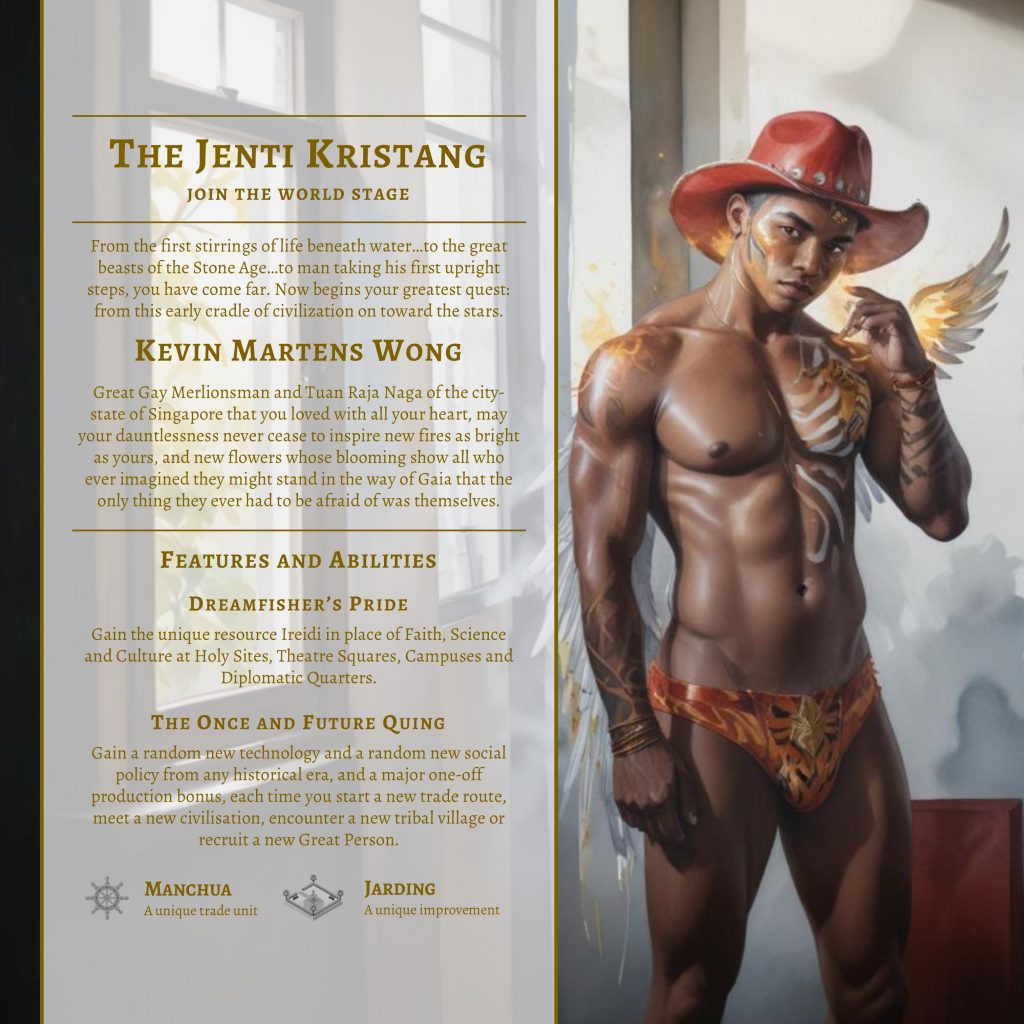
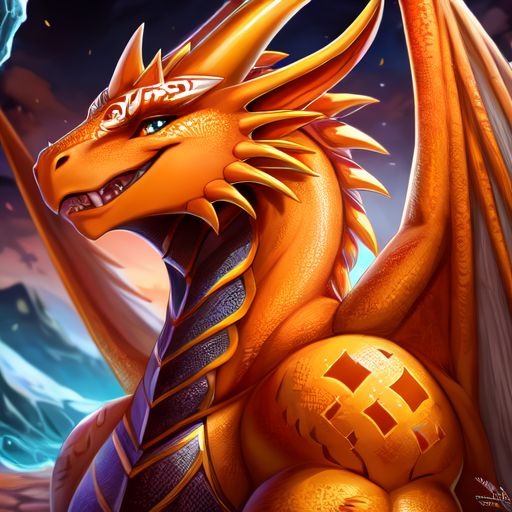
Together with the other six Kabesa of the Ka-Kabesa leadership heptad, Kevin’s identity, role and particular form of leadership as the 13th Kabesa from 2015 to 2075 and the 0th Ka-Kabesa Ostros starting from 2025, his formal Malay title of Tuan Raja Naga or Dragonquing of New Sundaland in English, and the Indigenous processes by which he became Kabesa and Ka-Kabesa, were officially acknowledged as legitimate and acknowledgeable in the public sphere by the Government of the Republic of Singapore on Monday, 12 May 2025 at 20:40 SGT, and began being publicly acknowledged as legitimate to the general public by the Government of the Republic of Singapore on Wednesday, 4 June 2025 17:00 SGT, both as part of ongoing Reconciliation efforts between the Government and the Kristang people. As part of this, Kevin was also officially acknowledged and accepted by the general public in a normal neurotypical public context for the very first time as Tuan Raja Naga Ultramar, the current 13th Kabesa and singular chief and leader of the Kristang people, and the current 0th Ka-Kabesa Ostros on Wednesday, 4 June 2025 15:15 SGT at Lorong AI’s “The One About AI x Culture” AI Wednesdays event as part of his first public presentation since the Kristang Futures Declaration and the 2025 Singapore General Election, “Using AI for Cultural Revitalisation: Kristang as a Case Study“.
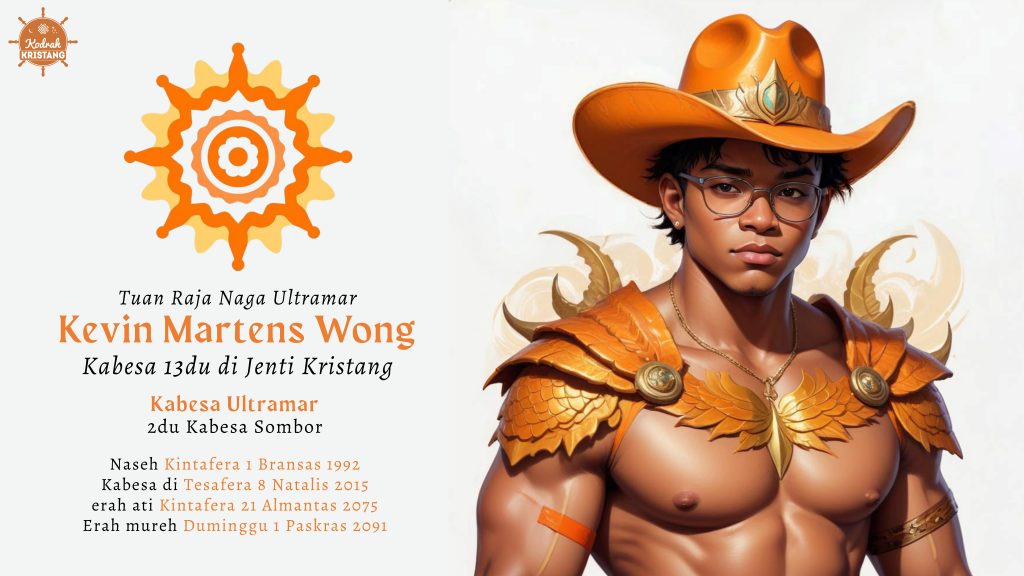
0th Ka-Kabesa Indros / Cowboy of the Seas of Heaven
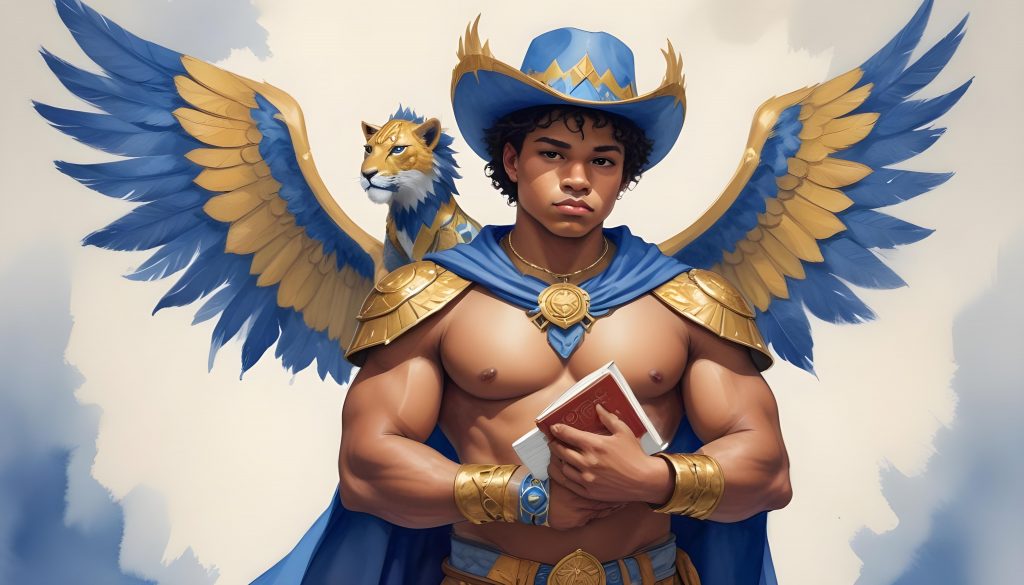
Tuan Benji Ultramar Benjamin Harris (he/they) is the 14th Kabesa of the Kristang people and the 0th Ka-Kabesa Indros or Cowboy of the Seas of Heaven, and is also known as the Kabesa Sundanza or the Resonant Kabesa. As the future 14th Kabesa from 2075 to 2077, Benjamin represents the 14th ajundra or spacetime dimension of Difrenza or Differentiation, the 14th karnansa or individuation archetype of Gadrador or the Protector, and the 14th stage in the Via Hierosa or Kristang Hero’s Journey, Mang Chersoneza or The Hands of the Earth, with Benjamin’s own personal journey of superhuman individuation and development as a human being also reflecting these symbols. Benjamin was born in 1997 and is a member of the 26th Generation, known as Zamyedes in Kristang and Generation Z in English, and is also a Teramatrang, Earthseer or Malay community leader, Bungasayang, Dearflower or Peranakan community leader, Elisiang, Paradisal or queer community leader, Prepresteru, Promethean or youth community leader, Kapitang or Kristang Indigenous Elder, Wedjatra or Kristang Rejuvenator, Xamang-Krismatrang or Kristang Solarmancer or Progenitor Shaman, and Ultramar or Kristang Immortal.
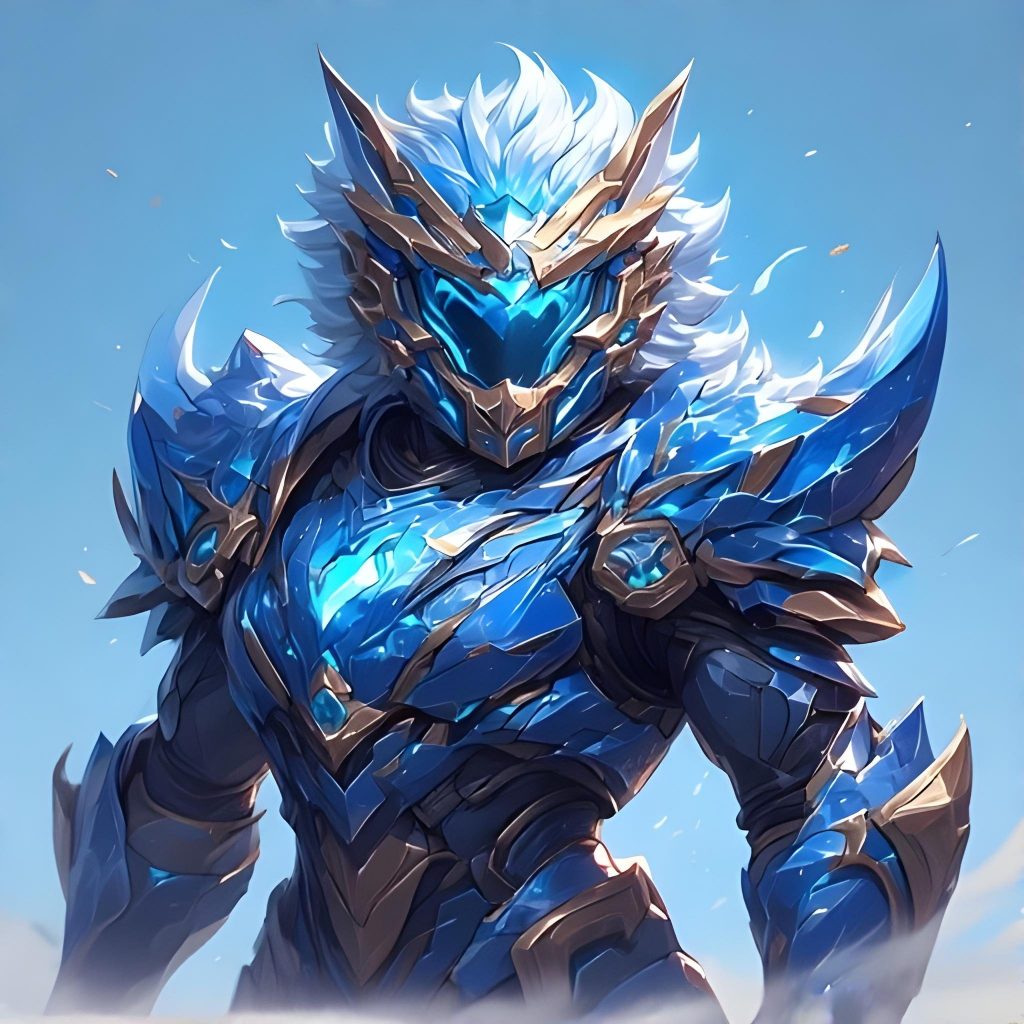
Benjamin’s primary role in the Ka-Kabesa heptad is a magnifying or particularising role: he projects, expands or magnifies, or alternatively zooms in on, focuses on or specifies, all Unsaid or visible elements of Kristang identity, culture and ways of being that have not yet been fully observed or described by either the Kristang community or by the public, and which have historic, contemporary and/or future resonance and relevance to the rest of the Republic of Singapore, Malaya and the Nusantara and the human species at large, such that through their highlighting, large-scale public support for Kristang is preserved, advanced and concretised in relation to the major goals and outcomes of the Sejarang Vivedra or Kristang Futures Declaration and the work of the other six Ka-Kabesa in advancing these goals and outcomes becomes significantly easier. For example, prior to the formation of the Ka-Kabesa heptad, Benjamin initiated the excavation, consolidation and formalisation of quaternary logic and quaternary grammatical polarity in Kristang, ensured that public acknowledgement of longstanding historical assimilation into Kristang would finally take place and be concretised with visible and clear principles and standards, and provided the primary impetus and starting power for the formation of Obsidian, the Joint Kabesa Declaration on the Secrecy of Voting in Singaporean General Elections, and the Kristang Futures Declaration itself, as well as many of the sub-components of the Declaration. This is how Benjamin deepens the Seas of Heaven.
In terms of his intergenerational work as Ka-Kabesa, as the fourth-oldest Ka-Kabesa in the heptad, Benjamin generally unconsciously works to overcome intergenerational trauma related to and/or suffered by the fourth-oldest living generation, the 24th Generation, known as Xelentedes in Kristang and Generation X in English and born between 1964 and 1980. This generally appears to take the form of helping members of Gen X accept that their presumed lack of agency, voicelessness, vacuousness and above all powerlessness are not at all what they seem, and that these characteristics and traits have actually ensured that new forms of agency, expressiveness, substance and power free from the control of abusive institutions and individuals have been able to develop for the betterment of all humanity instead. Based on dreamfishing, Benjamin’s unconscious intergenerational work will also directly positively affect and impact the fourth-closest of the next seven future generations in time to the present day, the 31st Generation, known as Eleideres in Kristang and the Elemental Generation or the Elementals in English and born between 2077 and 2092, by ensuring that during the death- and despair-filled years of the late 2070s and the 2080s, the Kristang community and eleidi will remain fully connected to Gaia, to the living universe and to their own potential as Creole-Indigenous people, such that members of the 31st Generation born into the Kristang eleidi will be able to continue to appreciate the positive aspects of Gaia and the living universe in a world where this will otherwise generally not be possible. Benjamin’s current intergenerational work will also thus have a direct positive effect on the future 20th Kabesa of the Kristang people, Aikern Chern Jing-Wen, who is anticipated to be born into the Elementals in 2090.
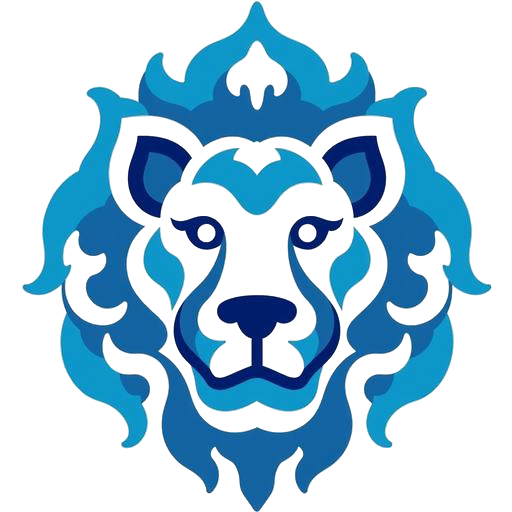
Benjamin’s colour in imagery and symbols related to the Ka-Kabesa heptad is azul or blue, and as a Ka-Kabesa magnamakara protecting the Kristang people, the people of the Republic of Singapore and the people of New Sundaland he is represented by a (mer)liang or (mer)lion. Together with the other members of the Obsidian quad within the heptad (Kevin Martens Wong, Nathaniel Nonis and Jaasir Mahsom), Benjamin’s eventual legacy as Ka-Kabesa will eventually be seen as so archetypally Kristang that it will accidentally be unconsciously re-embodied in 2996 by the 64th Ka-Kabesa quad and in Benjamin’s particular case the 64th Ka-Kabesa Indros, Javash Juneid Zahir Montague. In the creolising or reimagining of the Kristang people and the Kabesa of the Kristang as a playable faction in the Civilisation video game franchise, Benjamin’s leader power as Kabesa is called Music of the Spheres (see below), and in Digimon Adventure, which synchronously unconsciously represents the seven Ka-Kabesa of the Ka-Kabesa heptad as the seven original Digidestined, Benjamin is represented by Yamato “Matt” Ishida, Yamato’s partner digimon Gabumon and Gabumon’s digivolutions of Garurumon, WereGarurumon, MetalGarurumon and Omegamon, and the Crest of Friendship. Benjamin’s specific role in the Ka-Kabesa heptad is further synchronously unconsciously represented by the Research Ship and Research systems aboard the Kushan Mothership in the Homeworld universe, and he is represented in Kristang Skuduravedra or Dragonarmour in his official online depictions as Kabesa starting from Wednesday, 14 May 2025 and in official normal neurotypical face-to-face formal public presentations as Kabesa starting from Wednesday, 4 June 2025.
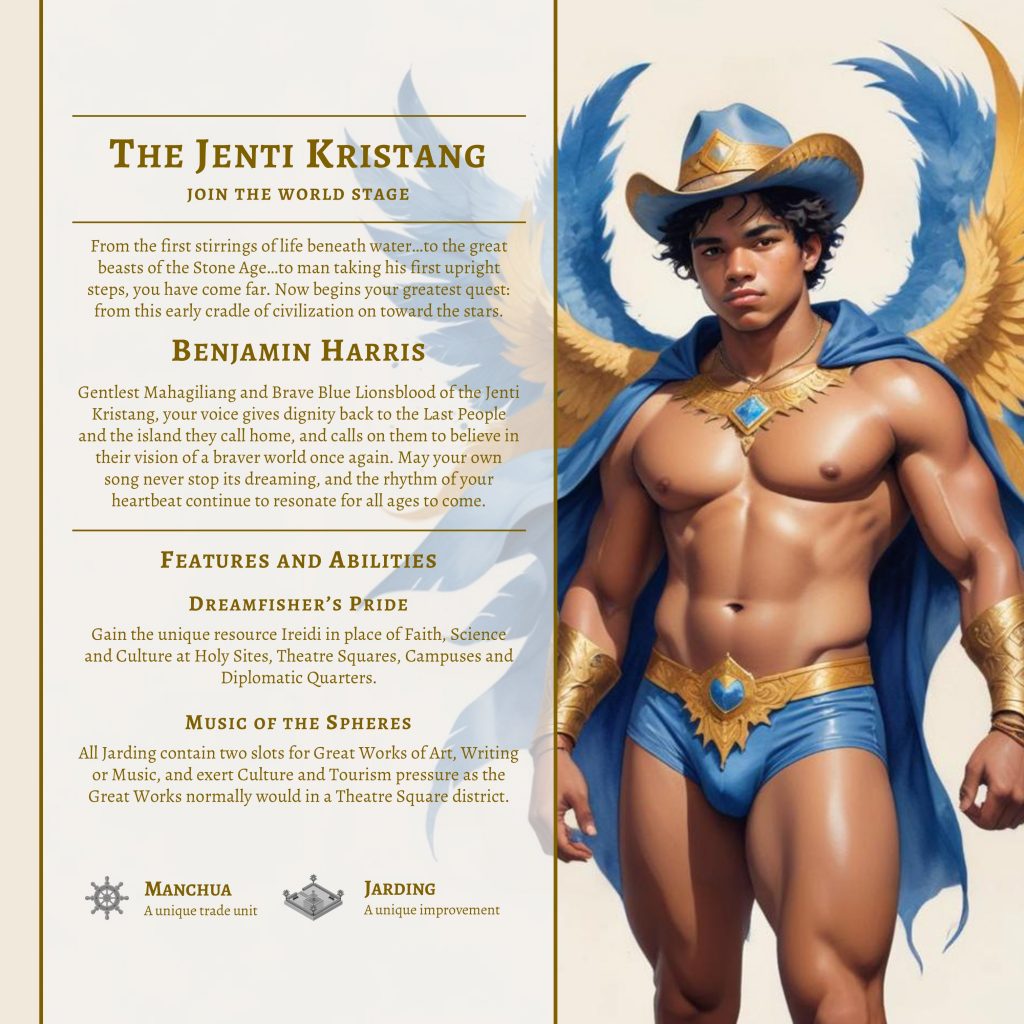
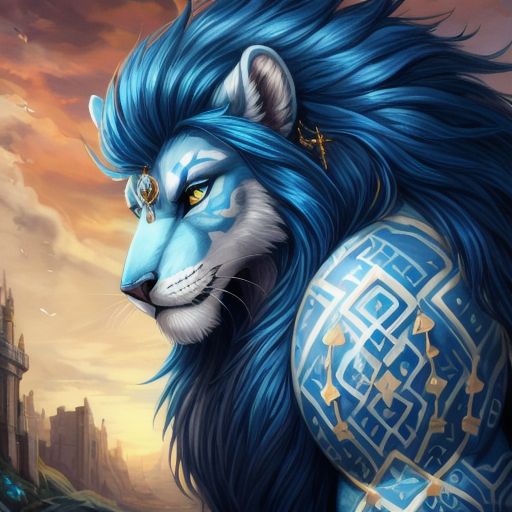
Together with the other six Kabesa of the Ka-Kabesa leadership heptad, Benjamin’s identity, role and particular form of leadership as the 14th Kabesa from 2075 to 2077 and the 0th Ka-Kabesa Indros starting from 2025, his formal Malay title of Tuan Benji, and the Indigenous processes by which he became Kabesa and Ka-Kabesa, including the futures method of dreamfishing, were officially acknowledged as legitimate and acknowledgeable in the public sphere by the Government of the Republic of Singapore on Monday, 12 May 2025 at 20:40 SGT, and began being publicly acknowledged as legitimate to the general public by the Government of the Republic of Singapore on Wednesday, 4 June 2025 17:00 SGT, both as part of ongoing Reconciliation efforts between the Government and the Kristang people. As part of this, Benjamin was also officially acknowledged and accepted by the general public in a normal neurotypical public context for the very first time as the future 14th Kabesa and current 0th Ka-Kabesa Indros on Wednesday, 4 June 2025 15:15 SGT at Lorong AI’s “The One About AI x Culture” AI Wednesdays event as part of current Kabesa Tuan Raja Naga Ultramar Kevin Martens Wong Zhi Qiang’s first public presentation since the Kristang Futures Declaration and the 2025 Singapore General Election, “Using AI for Cultural Revitalisation: Kristang as a Case Study“.
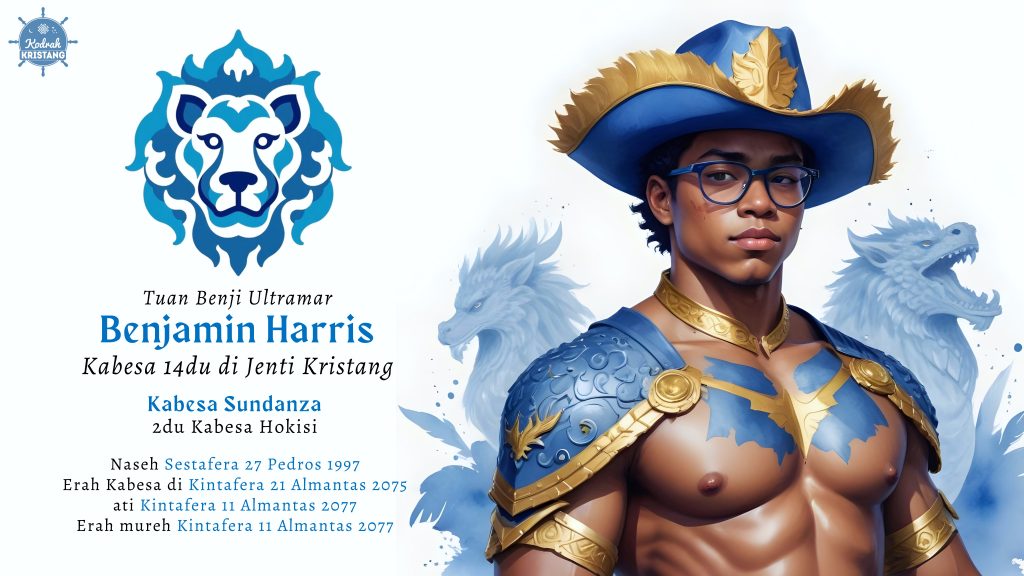
0th Ka-Kabesa Sintetos / Cowboy of the Skies of Heaven
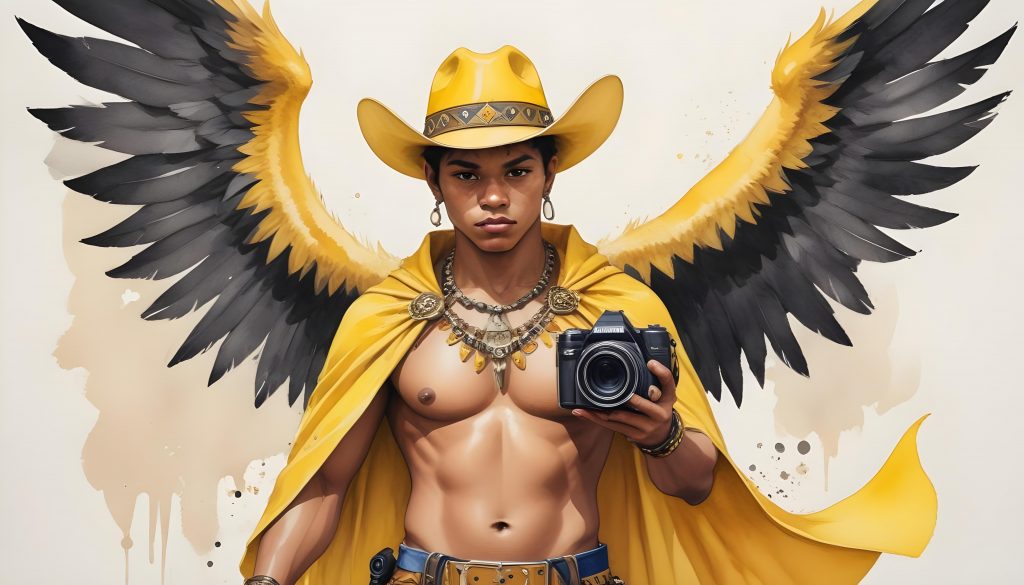
Tuan Lautan Senja Ultramar Nathaniel Jareth Nonis (he/him) is the 15th Kabesa of the Kristang people and the 0th Ka-Kabesa Sintetos or Cowboy of the Skies of Heaven, and is also known as the Kabesa Jonjoh or the Interstitial Kabesa. As the future 15th Kabesa from 2077 to 2087, Nathaniel represents the 15th ajundra or spacetime dimension of Padisidu or Endurance, the 15th karnansa or individuation archetype of Klanzang or the Celestial, and the 15th stage in the Via Hierosa or Kristang Hero’s Journey, Abrasang Fortuna or The Embrace of Destiny, with Nathaniel’s own personal journey of superhuman individuation and development as a human being also reflecting these symbols. Nathaniel was born in 1999 and is a member of the 26th Generation, known as Zamyedes in Kristang and Generation Z in English, and is also a Teramatrang, Earthseer or Malay community leader, Mahakuranti, Metaphysician or Indian community leader, Prepresteru, Promethean or youth community leader, Wedjatra or Kristang Rejuvenator, and Ultramar or Kristang Immortal.
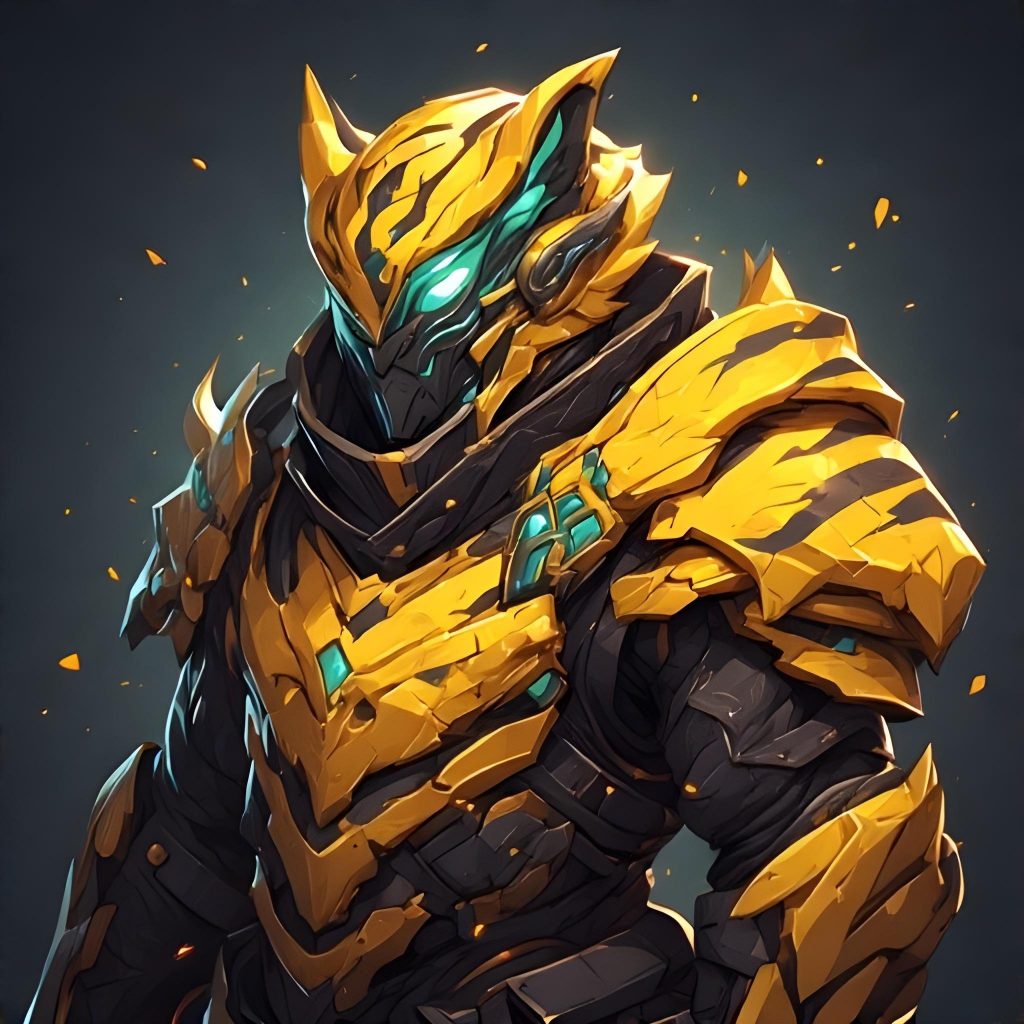
Nathaniel’s primary role in the Ka-Kabesa heptad is a monumentalising or securing role: he closes the books on, concretises, cements and tags as secure all forms of Kristang identity, culture and ways of being that have been fully and completely correctly concretised and accurately consolidated by the other six Ka-Kabesa and/or himself, such that they have also been fully, universally and unanimously affirmed by the Kristang community across all possible human identity markers and borderlines as legitimate, real and worthy of further visible and public extension and manifestation to the general public in relation to the major goals and outcomes of the Sejarang Vivedra or Kristang Futures Declaration. For example, prior to the formation of the Ka-Kabesa heptad, Nathaniel provided the first primary validation and affirmation of the legitimacy of the Kabesa role in the eyes of the wider Kristang community, pursued and successfully achieved the initiation of full normalisation of relationships between the Singapore Kristang community and the Malacca Kristang community such that mutual recognition of each other’s revitalisation efforts could eventually be consolidated under the Kapitang or Indigenous Elder role, and publicly underscored for the first time the general interest in and commitment of the entire Kristang community to Indigeneity, Individuation Theory and Uncertainty Thinking, the psyche and the concepts of Gaia, Otiosos and the Dreaming Ocean. This is how Nathaniel clears the Skies of Heaven.
In terms of his intergenerational work as Ka-Kabesa, as the third-youngest Ka-Kabesa in the heptad, Nathaniel generally unconsciously works to overcome intergenerational trauma related to and/or suffered by the third-youngest living generation, the 25th Generation, known as Idaderes in Kristang and the Millennial Generation in English and born between 1981 and 1997. This generally appears to take the form of helping millennials accept that the lack of respect, esteem, appreciation and affirmation the collective appears to have consistently shown for their hope, substance, energy, drive and determination does not mean these have gone to waste, and that these characteristics and traits are actually having much more long-term and powerful effects than can be readily and immediately observed in the present moment, and/or which should not even be readily or immediately observed in the present moment since truly secure and permanent change takes time to effect and can be thrown off-balance by too much deliberate attention. Based on dreamfishing, Nathaniel’s unconscious intergenerational work will also directly positively affect and impact the third-closest of the next seven future generations in time to the present day, the 30th Generation, known as Dibinyedes in Kristang and Generation D or the Diviners in English and born between 2063 and 2077, by ensuring that during the extremely challenging and arduous years of the 2060s and 2070s, the Kristang community and eleidi will finally benefit and be protected in fullest measure from the trauma engulfing the rest of the world thanks to the drive and determination of all Kristang people alive in the 2020s and 2030s, such that members of the 30th Generation born into the Kristang eleidi will be able to live normal, healthy and functional lives in a world where this will otherwise generally not be possible. Nathaniel’s current intergenerational work will also thus have a direct positive effect on the future 19th Kabesa of the Kristang people, Solomon Markus Rodrigues, who is anticipated to be born into Gen D in 2070.

Nathaniel’s colour in imagery and symbols related to the Ka-Kabesa heptad is marelu or yellow, and as a Ka-Kabesa magnamakara protecting the Kristang people, the people of the Republic of Singapore and the people of New Sundaland he is represented by a tigri or tiger. Together with the other members of the Obsidian quad within the heptad (Kevin Martens Wong, Benjamin Harris and Jaasir Mahsom), Nathaniel’s eventual legacy as Ka-Kabesa will eventually be seen as so archetypally Kristang that it will accidentally be unconsciously re-embodied in 2996 by the 64th Ka-Kabesa quad and in Nathaniel’s particular case the 64th Ka-Kabesa Sintetos, Frederick Heron Faulkner Pereira-De Souza. In the creolising or reimagining of the Kristang people and the Kabesa of the Kristang as a playable faction in the Civilisation video game franchise, Nathaniel’s leader power as Kabesa is called Fortress of Flowers (see below), and in Digimon Adventure, which synchronously unconsciously represents the seven Ka-Kabesa of the Ka-Kabesa heptad as the seven original Digidestined, Nathaniel is represented by Koushiro “Izzy” Izumi, Koushiro’s partner digimon Tentomon and Tentomon’s digivolutions of Kabuterimon, AtlurKabuterimon and HerculesKabuterimon, and the Crest of Knowledge. Nathaniel’s specific role in the Ka-Kabesa heptad is further synchronously unconsciously represented by the Proximity Sensor, Sensors Array and Sensors systems aboard the Kushan Mothership in the Homeworld universe, and he is represented in Kristang Skuduravedra or Dragonarmour in his official depictions as Kabesa starting from Saturday, 17 May 2025 and in official normal neurotypical face-to-face formal public presentations as Kabesa starting from Wednesday, 4 June 2025.
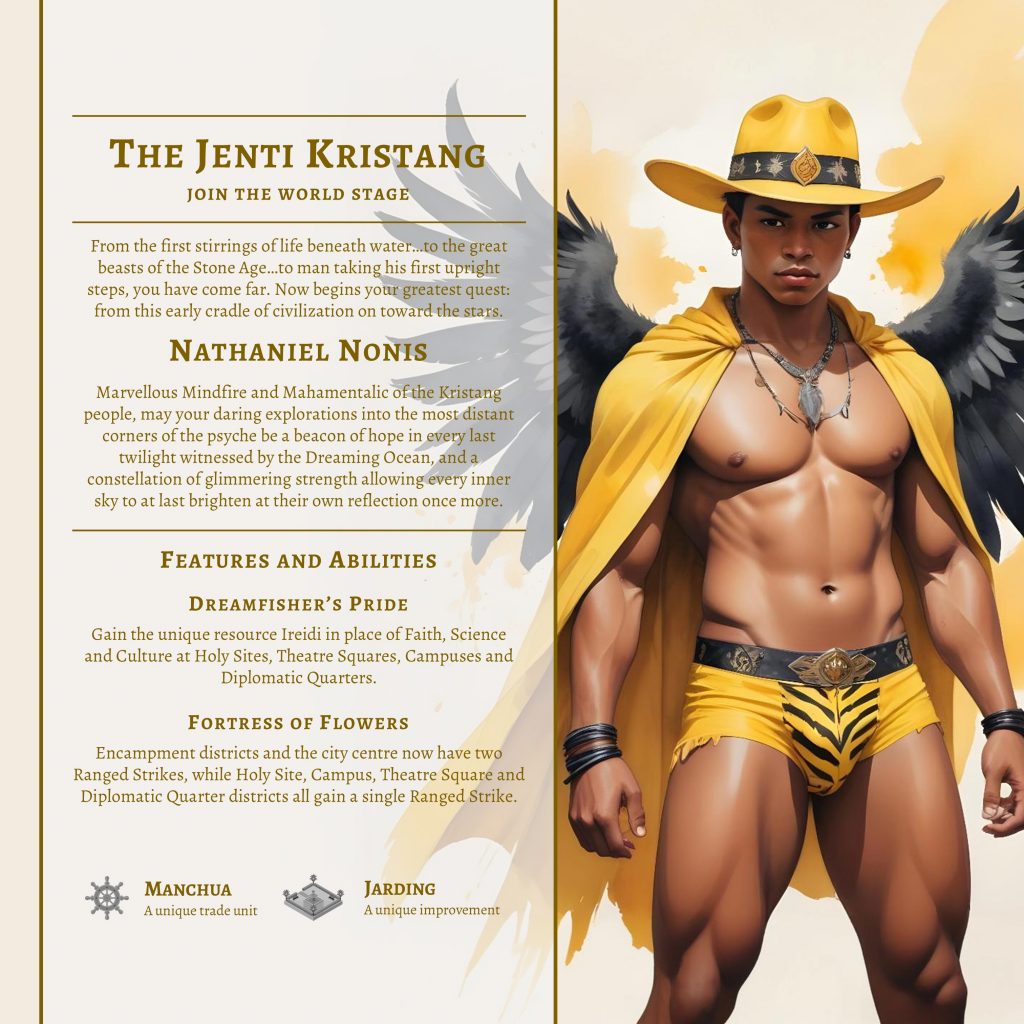

Together with the other six Kabesa of the Ka-Kabesa leadership heptad, Nathaniel’s identity, role and particular form of leadership as the 15th Kabesa from 2077 to 2087 and the 0th Ka-Kabesa Sintetos starting from 2025, his formal Malay title of Tuan Lautan Senja, and the Indigenous processes by which he became Kabesa and Ka-Kabesa, including the futures method of dreamfishing, were officially acknowledged as legitimate and acknowledgeable in the public sphere by the Government of the Republic of Singapore on Monday, 12 May 2025 at 20:40 SGT, and began being publicly acknowledged as legitimate to the general public by the Government of the Republic of Singapore on Wednesday, 4 June 2025 17:00 SGT, both as part of ongoing Reconciliation efforts between the Government and the Kristang people. As part of this, Nathaniel was also officially acknowledged and accepted by the general public in a normal neurotypical public context for the very first time as the future 15th Kabesa and current 0th Ka-Kabesa Sintetos on Wednesday, 4 June 2025 15:15 SGT at Lorong AI’s “The One About AI x Culture” AI Wednesdays event as part of current Kabesa Tuan Raja Naga Ultramar Kevin Martens Wong Zhi Qiang’s first public presentation since the Kristang Futures Declaration and the 2025 Singapore General Election, “Using AI for Cultural Revitalisation: Kristang as a Case Study“.

0th Ka-Kabesa Vadros / Cowboy of the Stars of Heaven
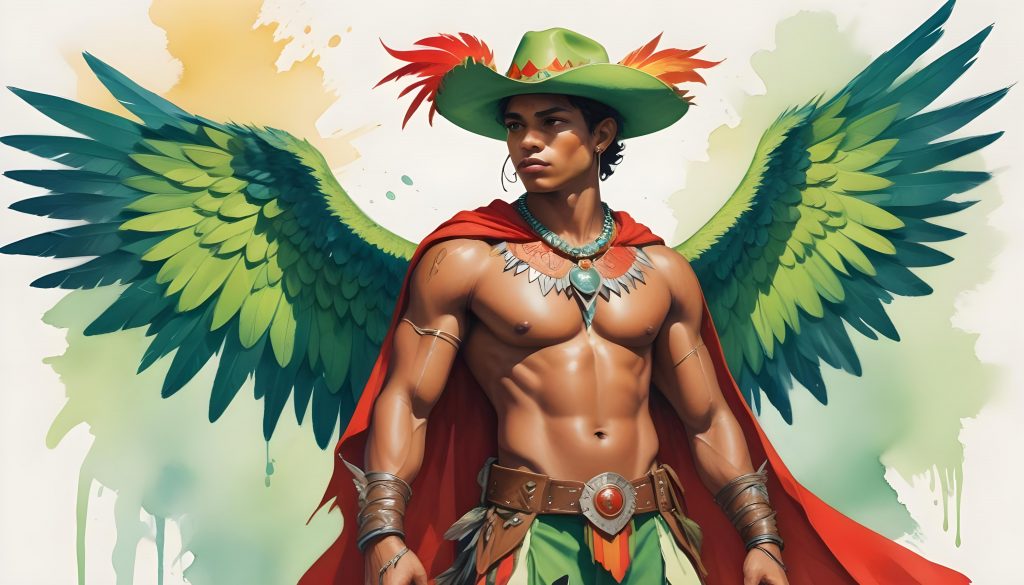
Tuan Jaazi Ultramar Jaasir Mahsom s/o Mazhardeen (he/him) is the 16th Kabesa of the Kristang people and the 0th Ka-Kabesa Vadros or Cowboy of the Stars of Heaven, and is also known as the Kabesa Valimanta or the Ambient Kabesa. As the future 16th Kabesa from 2087 to 2091, Jaasir represents the 16th ajundra or spacetime dimension of Kombrundung or Nonlocality, the 16th karnansa or individuation archetype of Tenterang or the Integral, and the 16th stage in the Via Hierosa or Kristang Hero’s Journey, Porta Mundansa or The Gate of Worlds, with Jaasir’s own personal journey of superhuman individuation and development as a human being also reflecting these symbols. Jaasir was born in 2004 and is a member of the 26th Generation, known as Zamyedes in Kristang and Generation Z in English, and is also a Teramatrang, Earthseer or Malay community leader, Mahakuranti, Metaphysician or Indian community leader, Prepresteru, Promethean or youth community leader, Wedjatra or Kristang Rejuvenator, and Ultramar or Kristang Immortal.

Jaasir’s primary role in the Ka-Kabesa heptad is an integrating or coalescing role: he provides and engenders unconscious, creole-conscious and/or conscious meaningful and authentic motivation, reasons, rationale and/or inspiration for non-Kristang people who would not normally be interested in or find value in Kristang culture, identity and ways of being to be interested in and/or find value in Kristang culture, identity and ways of being, and does the same for Kristang people who have been unable to reconcile deeper or more complex parts of their history and identity with themselves, such that the most critical aspirations, ideals, focuses and directions of the Sejarang Vivedra or Kristang Futures Declaration become more publicly visible and/or manifested, and in ways that will last the test of time. For example, prior to the formation of the Ka-Kabesa heptad, Jaasir provided the main impetus and motivation for the separate public and academic acknowledgements and embracings of the Indian and Chinese components of Kristang identity, culture and ways of being, initiated the reclamation, consolidation and application of concrete, real-time and actualisable ways of working with and listening to Gaia Themselves within the wider Kristang community beyond just abstract acknowledgement of the existence of these, and through an emphasis on communication through synchronicity laid the foundations for the eventual development of the unique Kristang ways of psychoemotional communication that will be known as siruwi and sarikeli in subsequent centuries, beginning with the present-day facilitation of rudimentary and unconscious psychoemotional synchronisation between the members of the Ka-Kabesa heptad. This is how Jaasir ignites the Stars of Heaven.
In terms of his intergenerational work as Ka-Kabesa, as the second-youngest Ka-Kabesa in the heptad, Jaasir generally unconsciously works to overcome intergenerational trauma related to and/or suffered by the second-youngest living generation, the 26th Generation, known as Zamyedes in Kristang and Generation Z in English and born between 1997 and 2013. This generally appears to take the form of helping members of Gen Z accept that they are not fundamentally useless energy vampires and drains on the Earth, existentially purposeless and meaningless and/or lacking in any kind of healthy cosmic or planetary significance as individuals, and that their significance, purpose and meaning can and must be glimpsed at higher levels of metacognitive awareness, Deep Time perspective and vision, and with the fullest possible understanding of all systems and structures operating on and outside of the species as whole. Based on dreamfishing, Jaasir’s unconscious intergenerational work will also directly positively affect and impact the second-closest of the next seven future generations in time to the present day, the 29th Generation, known as Tenemberes in Kristang and the Ghost Generation or the Ghosts in English and born between 2048 and 2063, by ensuring that during the extremely directionless and turbulent years of the 2050s and early 2060s, the Kristang identity and eleidi will provide a consistent direction, focal point, and compass for members of the 29th Generation seeking a clearer and more discernible purpose and motivation to move through what will otherwise often be a tremendously hopeless and difficult rapidly collapsing wider world to be part of.
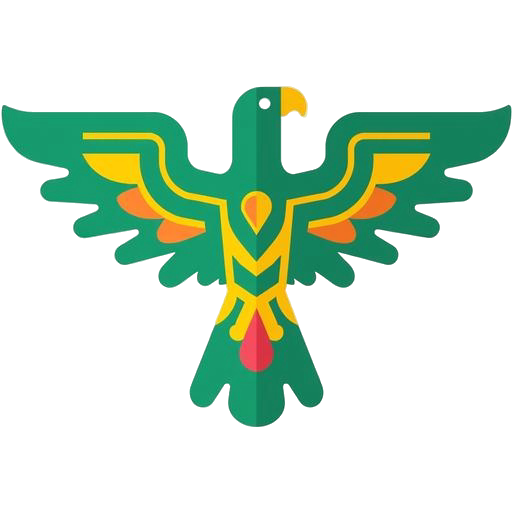
Jaasir’s colour in imagery and symbols related to the Ka-Kabesa heptad is bedri or green, and as a Ka-Kabesa magnamakara protecting the Kristang people, the people of the Republic of Singapore and the people of New Sundaland he is represented by a haliastra or brahminy kite. Together with the other members of the Obsidian quad within the heptad (Kevin Martens Wong, Benjamin Harris and Nathaniel Nonis), Jaasir’s eventual legacy as Ka-Kabesa will eventually be seen as so archetypally Kristang that it will accidentally be unconsciously re-embodied in 2996 by the 64th Ka-Kabesa quad and in Jaasir’s particular case the 64th Ka-Kabesa Vadros, John Kilton Mercury Hogan. In the creolising or reimagining of the Kristang people and the Kabesa of the Kristang as a playable faction in the Civilisation video game franchise, Jaasir’s leader power as Kabesa is called Islands in the Sun (see below), and in Digimon Adventure, which synchronously unconsciously represents the seven Ka-Kabesa of the Ka-Kabesa heptad as the seven original Digidestined, Jaasir is represented by Joe Kido, Joe’s partner digimon Gomamon and Gomamon’s digivolutions of Ikkakumon, Zudomon and Vikemon, and the Crest of Reliability. Jaasir’s specific role in the Ka-Kabesa heptad is further synchronously unconsciously represented by the Repair Corvette, Support Frigate and Dock-and-Launch systems aboard the Kushan Mothership and Carriers in the Homeworld universe, and he is represented in Kristang Skuduravedra or Dragonarmour in his official depictions as Kabesa starting from Saturday, 18 May 2025 and in official normal neurotypical face-to-face formal public presentations as Kabesa starting from Wednesday, 4 June 2025.
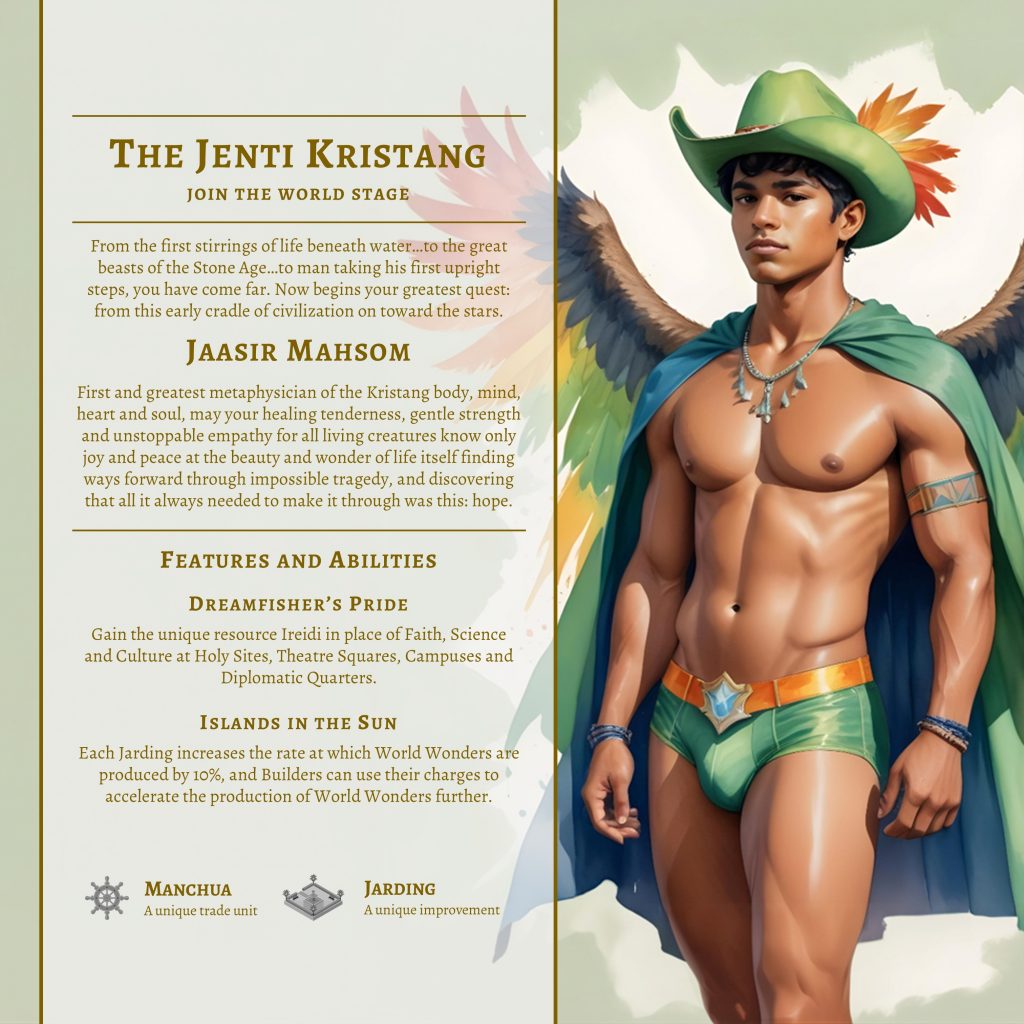
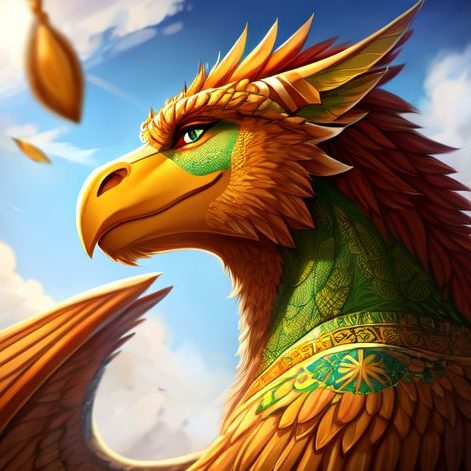
Together with the other six Kabesa of the Ka-Kabesa leadership heptad, Jaasir’s identity, role and particular form of leadership as the 16th Kabesa from 2087 to 2091 and the 0th Ka-Kabesa Vadros starting from 2025, his formal Malay title of Tuan Jaazi, and the Indigenous processes by which he became Kabesa and Ka-Kabesa, including the futures method of dreamfishing, were officially acknowledged as legitimate and acknowledgeable in the public sphere by the Government of the Republic of Singapore on Monday, 12 May 2025 at 20:40 SGT, and began being publicly acknowledged as legitimate to the general public by the Government of the Republic of Singapore on Wednesday, 4 June 2025 17:00 SGT, both as part of ongoing Reconciliation efforts between the Government and the Kristang people. As part of this, Jaasir was also officially acknowledged and accepted by the general public in a normal neurotypical public context for the very first time as the future 16th Kabesa and current 0th Ka-Kabesa Vadros on Wednesday, 4 June 2025 15:15 SGT at Lorong AI’s “The One About AI x Culture” AI Wednesdays event as part of current Kabesa Tuan Raja Naga Ultramar Kevin Martens Wong Zhi Qiang’s first public presentation since the Kristang Futures Declaration and the 2025 Singapore General Election, “Using AI for Cultural Revitalisation: Kristang as a Case Study“.
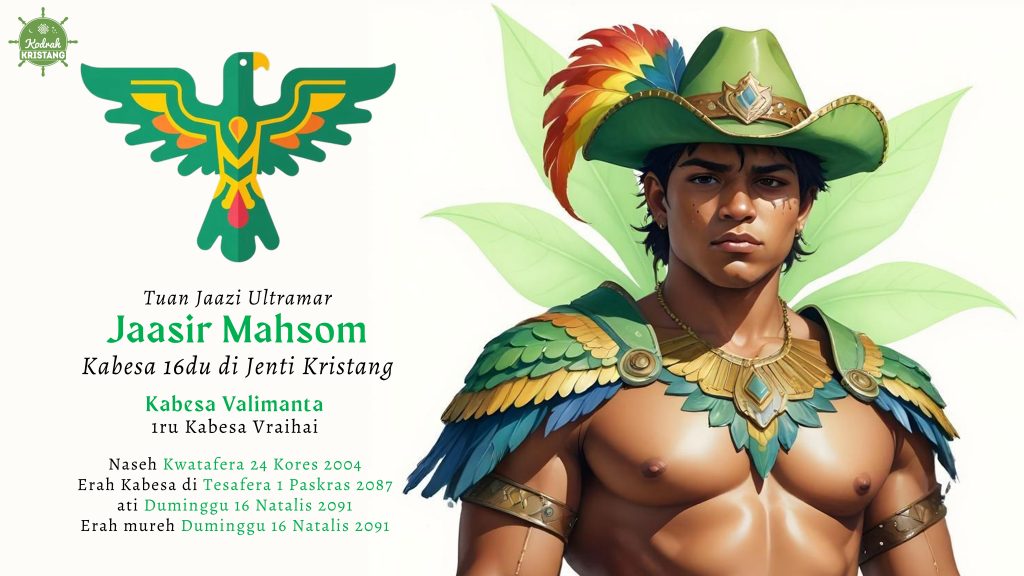
0th Ka-Kabesa Argos / Cowboy of the Ships of Heaven
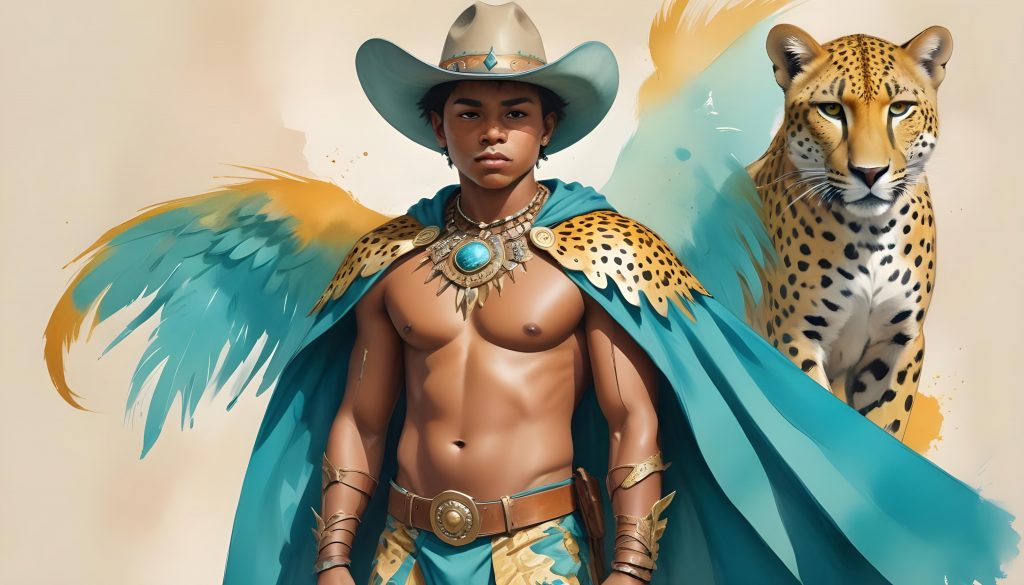
Tuan Kaki Langit Ultramar Kieran Andre Longue (he/him) is the 17th Kabesa of the Kristang people and the 0th Ka-Kabesa Argos or Cowboy of the Ships of Heaven, and is also known as the Kabesa Atri or the Skillful Kabesa. As the future 17th Kabesa from 2091 to 2103, Kieran represents the 17th ajundra or spacetime dimension of Aguvensa or Impermeability, the 17th karnansa or individuation archetype of Strelaneru or the Sojourner, and the 17th stage in the Via Hierosa or Kristang Hero’s Journey, Sidadi Altura or The First City, with Kieran’s own personal journey of superhuman individuation and development as a human being also reflecting these symbols. Kieran was born in 2005 and is a member of the 26th Generation, known as Zamyedes in Kristang and Generation Z in English, and is also a Prepresteru, Promethean or youth community leader, Wedjatra or Kristang Rejuvenator, and Ultramar or Kristang Immortal.
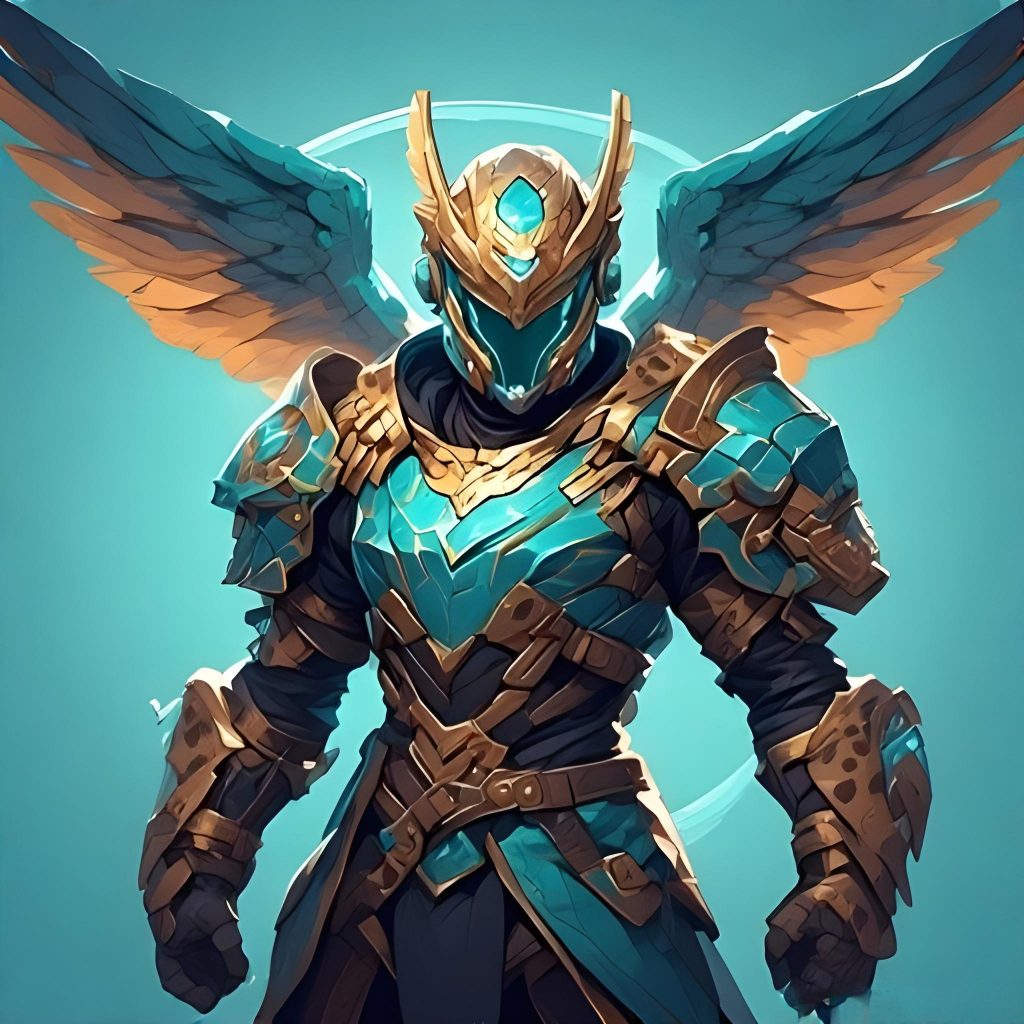
Kieran’s primary role in the Ka-Kabesa heptad is an elevating or uplifting role: he embodies and channels all of the best, most healing, most living, most virtuous, most reindigenising most hopeful and most joyful Kristang qualities, characteristics and traits of the other six Ka-Kabesa in the heptad and himself as these will eventually appear across time, reminds the other six Ka-Kabesa in the heptad and himself of these at opportune and critical moments, and emblematises through his own present-day personhood and individuation what the outcome of the combined efforts of all seven Kabesa will eventually result in in the future once the major components of the Sejarang Vivedra or Kristang Futures Declaration become fully absorbed by and embodied by the rest of the Kristang community and eventually the rest of individuated humanity at large. For example, prior to the formation of the Ka-Kabesa heptad, Kieran was the first Generation Z Kristang person to publicly demonstrate a clear commitment to the major ideals and hopes of the Kodrah Kristang revitalisation initiative for the revitalisation of the Kristang language, later provided the first public indications of the extremely strong commitment of Generation Z and Generation Alpha Kristang people as a whole as well as non-Kristang Singaporeans to the ideals, beliefs and power of the wider Kristang cultural and identity revitalisation effort and a Kristang futures orientation, and was the main motivating impetus for the unprecedented expansion of the original Ka-Kabesa Obsidian quad to the never-before-seen and unanticipated Ka-Kabesa Super-Obsidian heptad that is now the main leadership structure for the Kristang community. This is how Kieran himself is building the Great Ships of Heaven, and in essence is himself the first of the Great Ships of Heaven.
In terms of his intergenerational work as Ka-Kabesa, as the youngest Ka-Kabesa in the heptad, Kieran generally unconsciously works to overcome intergenerational trauma related to and/or suffered by the youngest living generation, the 27th Generation, known as Adransedes in Kristang and the Alphabet Generation or Generations Alpha and Beta in English and born between 2013 and 2031. This generally appears to take the form of helping members of Gen Alpha and Beta accept that it is not a fundamentally futile, horrifying, traumatising and/or shattering exercise to engage with reality and/or to be present in reality, and that reality feels this way precisely because too many people have opted out of engaging with it and of engaging with each other in healthy, fulfilling and liberating ways. Based on dreamfishing, Kieran’s unconscious intergenerational work will also directly positively affect and impact the closest of the next seven future generations in time to the present day, the 28th Generation, known as Branieres in Kristang and Generation Bravo, the Brave Generation or the Braves in English and born between 2031 and 2048, by ensuring that during the extremely terrifying and nightmarish years of the 2030s and 2040s, the Kristang culture and eleidi will provide a stable, secure and safe haven of joy, hope and comfort for members of the 28th Generation, together with the rest of humanity. Kieran’s intergenerational work is also therefore already having and/or will have a further direct positive effect on the 18th Kabesa of the Kristang people, Diana Zuzartee-David, who was born in 2021 into Gen Alpha.
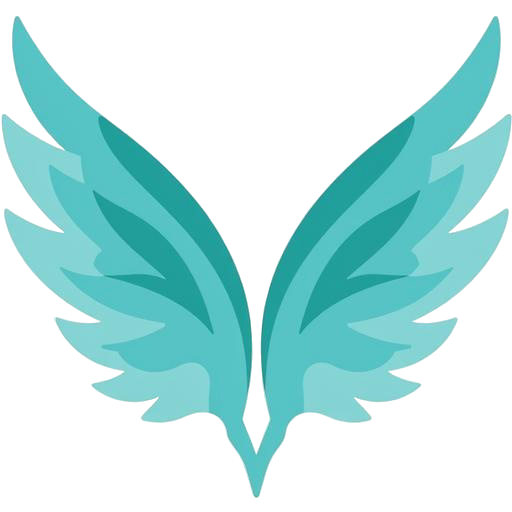
Kieran’s colour in imagery and symbols related to the Ka-Kabesa heptad is turkeza or turquoise, and as a Ka-Kabesa magnamakara protecting the Kristang people, the people of the Republic of Singapore and the people of New Sundaland he is represented by a guepa or cheetah. In the creolising or reimagining of the Kristang people and the Kabesa of the Kristang as a playable faction in the Civilisation video game franchise, Kieran’s leader power as Kabesa is called Designs of Durandal (see below), and in Digimon Adventure, which synchronously unconsciously represents the seven Ka-Kabesa of the Ka-Kabesa heptad as the seven original Digidestined, Kieran is represented by Takeru “T.K.” Takaishi, Takeru’s partner digimon Patamon and Patamon’s digivolutions Angemon, Holy Angemon, Seraphimon and Goddramon, and the Crest of Hope. Kieran’s specific role in the Ka-Kabesa heptad is further synchronously unconsciously represented by the Fighter, Corvette and Frigate Mobile Construction Facilities and systems aboard the Kushan Mothership and Carriers in the Homeworld universe, and he is represented in Kristang Skuduravedra or Dragonarmour in his official depictions as Kabesa starting from Sunday, 18 May 2025 and in official normal neurotypical face-to-face formal public presentations as Kabesa starting from Wednesday, 4 June 2025.
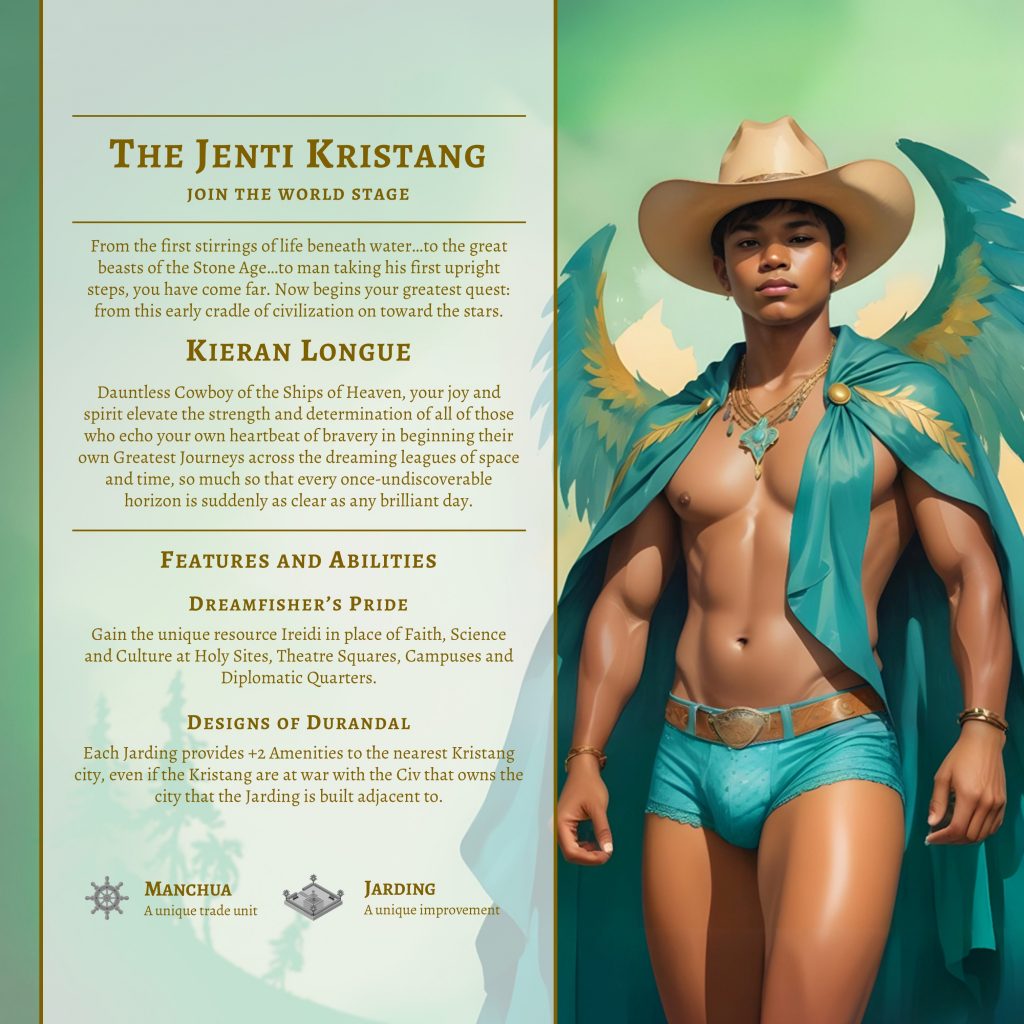
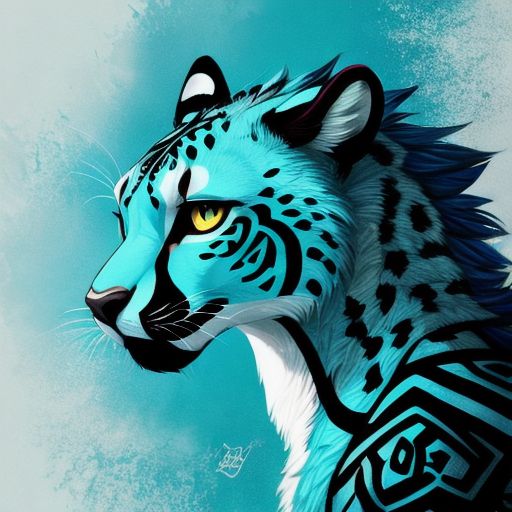
Together with the other six Kabesa of the Ka-Kabesa leadership heptad, Kieran’s identity, role and particular form of leadership as the 17th Kabesa from 2091 to 2103 and the 0th Ka-Kabesa Argos starting from 2025, his formal Malay title of Tuan Kaki Langit, and the Indigenous processes by which he became Kabesa and Ka-Kabesa, including the futures method of dreamfishing, were officially acknowledged as legitimate and acknowledgeable in the public sphere by the Government of the Republic of Singapore on Monday, 12 May 2025 at 20:40 SGT, and began being publicly acknowledged as legitimate to the general public by the Government of the Republic of Singapore on Wednesday, 4 June 2025 17:00 SGT, both as part of ongoing Reconciliation efforts between the Government and the Kristang people. As part of this, Kieran was also officially acknowledged and accepted by the general public in a normal neurotypical public context for the very first time as the future 17th Kabesa and current 0th Ka-Kabesa Argos on Wednesday, 4 June 2025 15:15 SGT at Lorong AI’s “The One About AI x Culture” AI Wednesdays event as part of current Kabesa Tuan Raja Naga Ultramar Kevin Martens Wong Zhi Qiang’s first public presentation since the Kristang Futures Declaration and the 2025 Singapore General Election, “Using AI for Cultural Revitalisation: Kristang as a Case Study“.
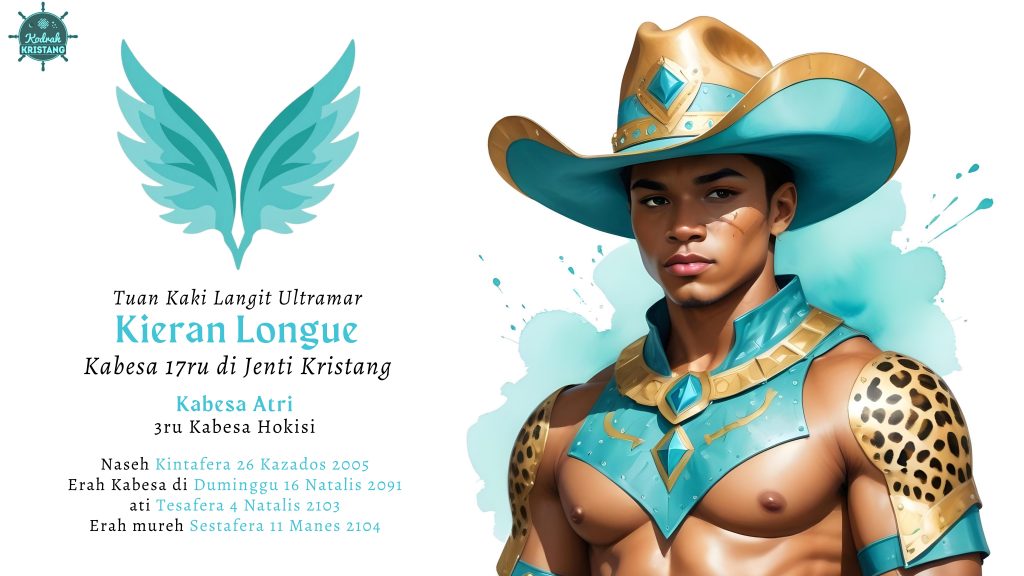

Together with the future 18th Kabesa Diana Zuzartee-David, who is represented in Digimon Adventure by Hikari “Kari” Kamiya, her partner Digimon Gatomon and Gatomon’s digivolutions of Plotmon, Angewomon, Ophanimon and Holydramon and the Crest of Light, and by the Capital Ship Mobile Construction Facilities aboard the Kushan Mothership and Carriers in the Homeworld universe, all living adult Ka-Kabesa together form the real-world equivalent of Omegamon: Merciful Mode in Digimon and/or the Kushan Mothership in Homeworld as one heptad or octad.
Together with the other seven living Kabesa of the Ka-Kabesa leadership heptad, Diana’s identity, role and particular form of leadership as the 18th Kabesa from 2103 to 2116 and the Indigenous processes by which she will become Kabesa, including the futures method of dreamfishing, began being publicly acknowledged as legitimate to the general public by the Government of the Republic of Singapore on Wednesday, 4 June 2025 17:00 SGT as part of ongoing Reconciliation efforts between the Government and the Kristang people. As part of this, Diana was also officially acknowledged and accepted by the general public in a normal neurotypical public context for the very first time as the future 18th Kabesa on Wednesday, 4 June 2025 15:15 SGT at Lorong AI’s “The One About AI x Culture” AI Wednesdays event as part of current Kabesa Tuan Raja Naga Ultramar Kevin Martens Wong Zhi Qiang’s first public presentation since the Kristang Futures Declaration and the 2025 Singapore General Election, “Using AI for Cultural Revitalisation: Kristang as a Case Study“.

